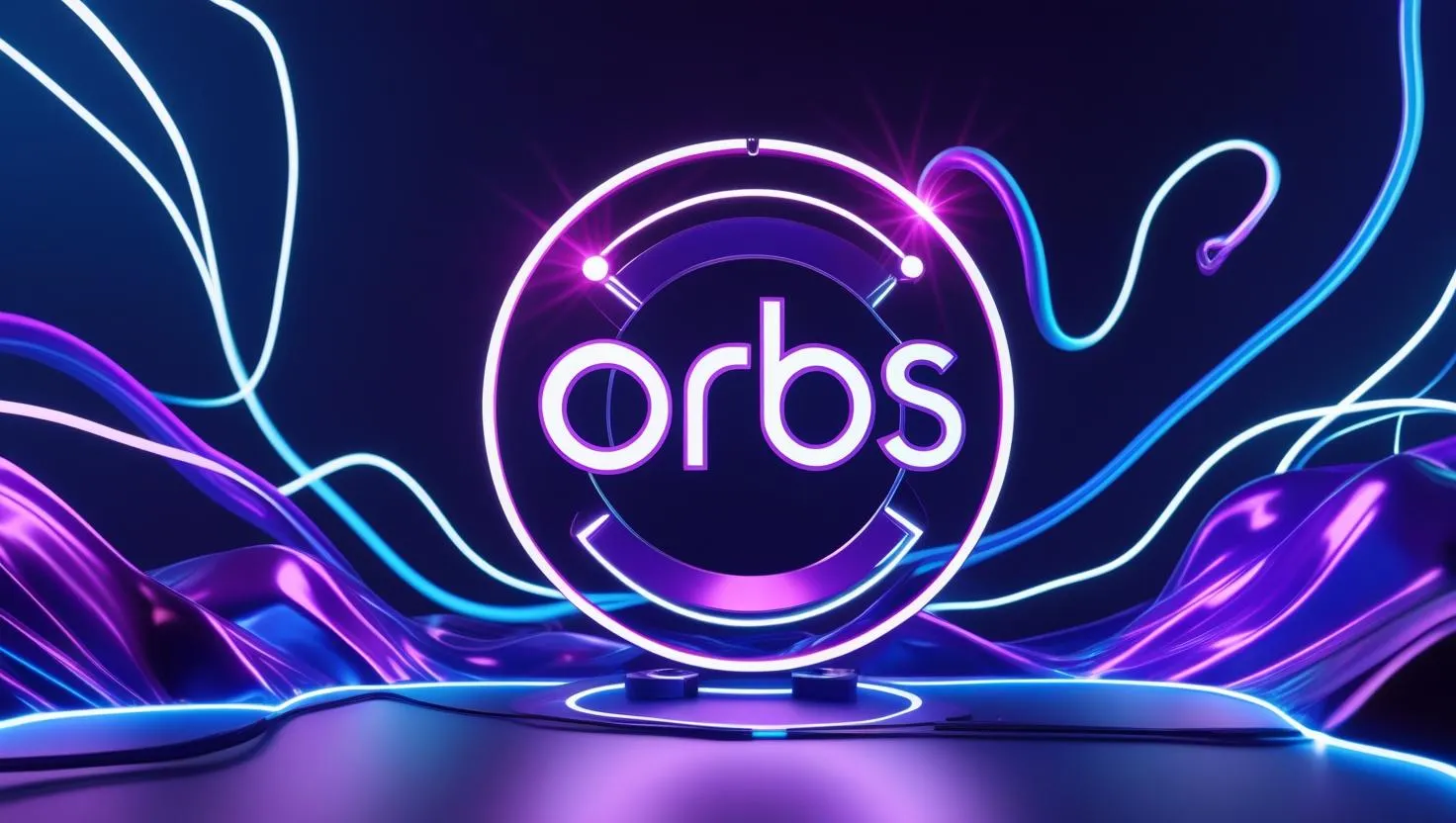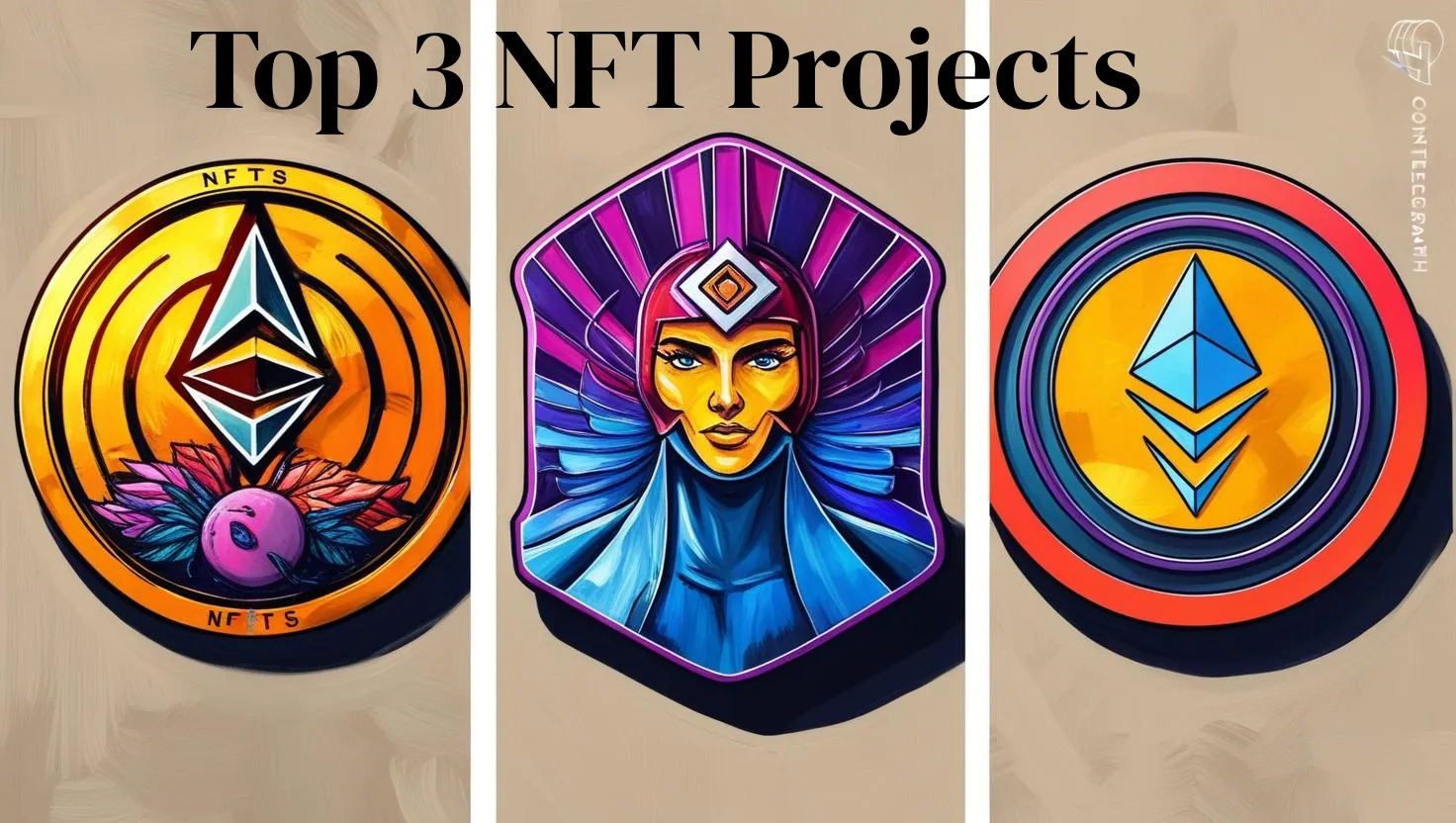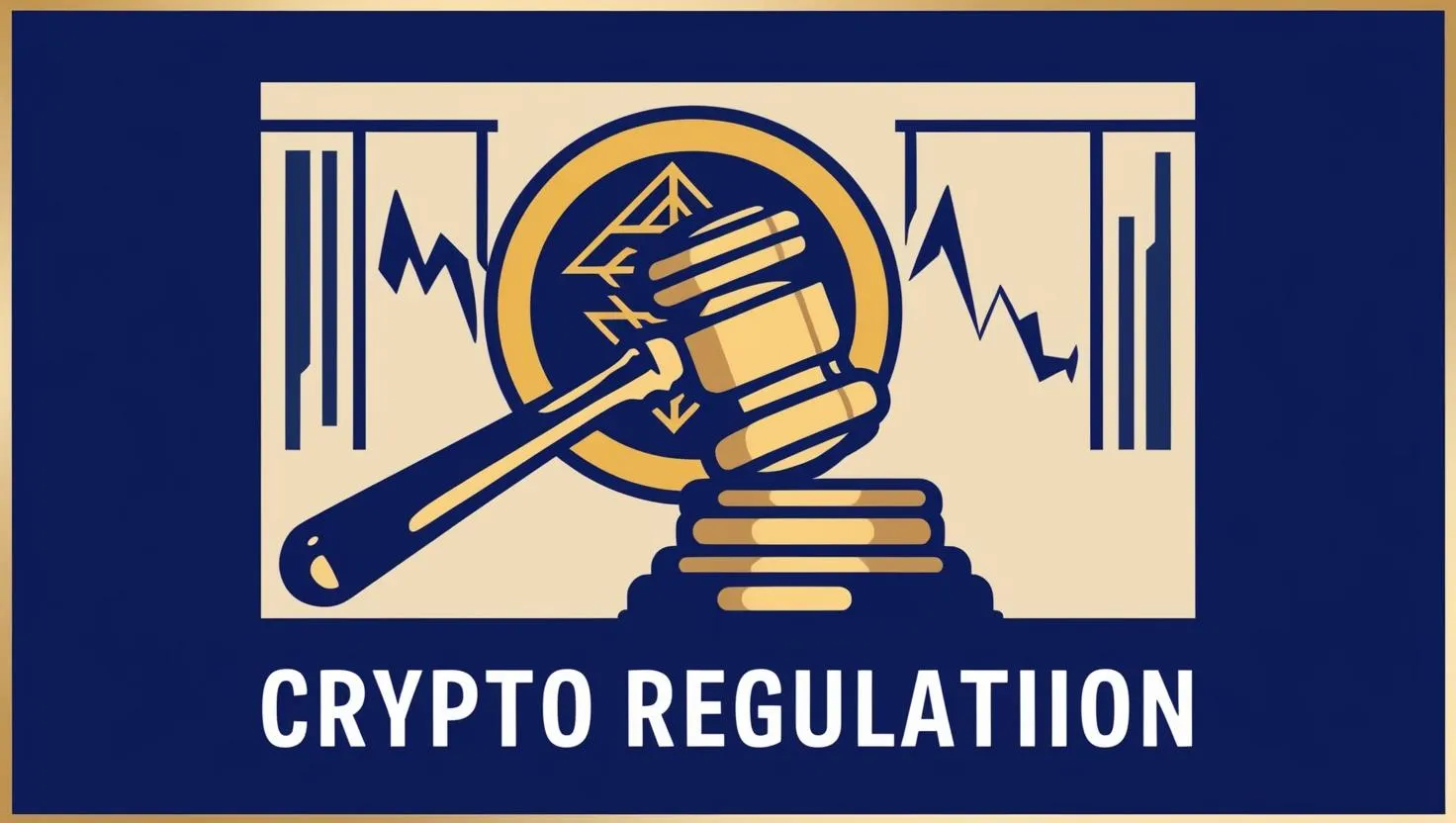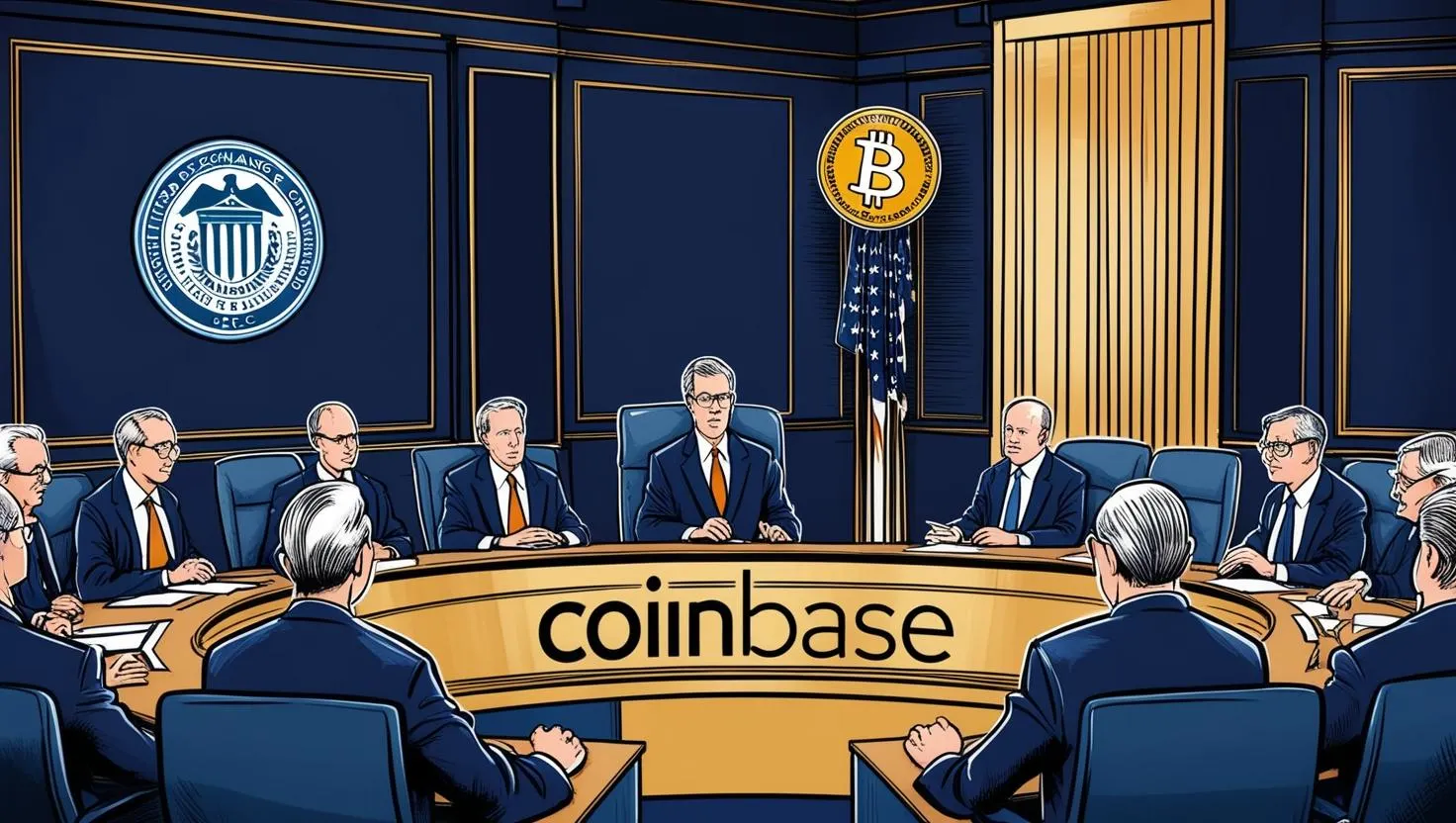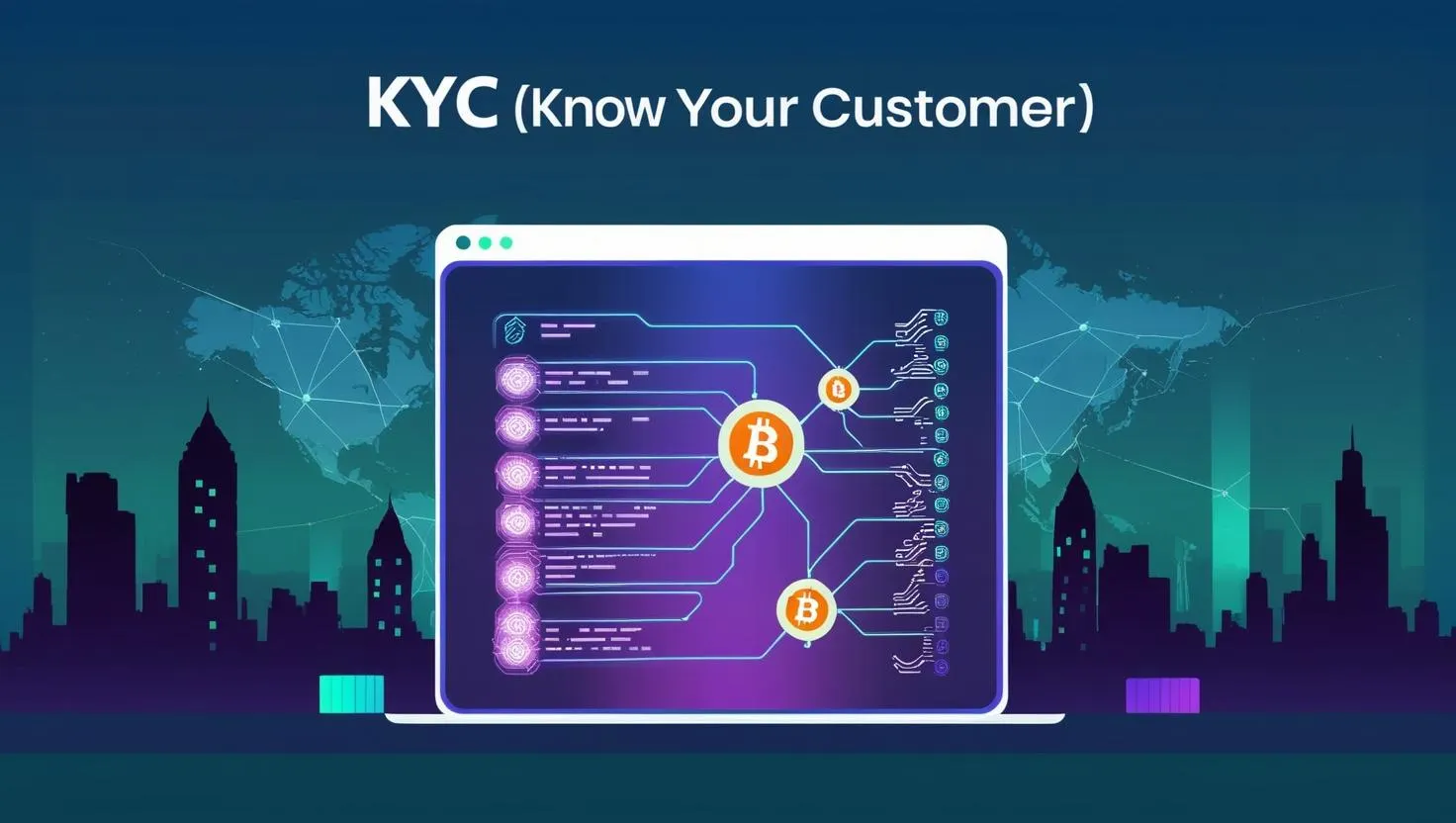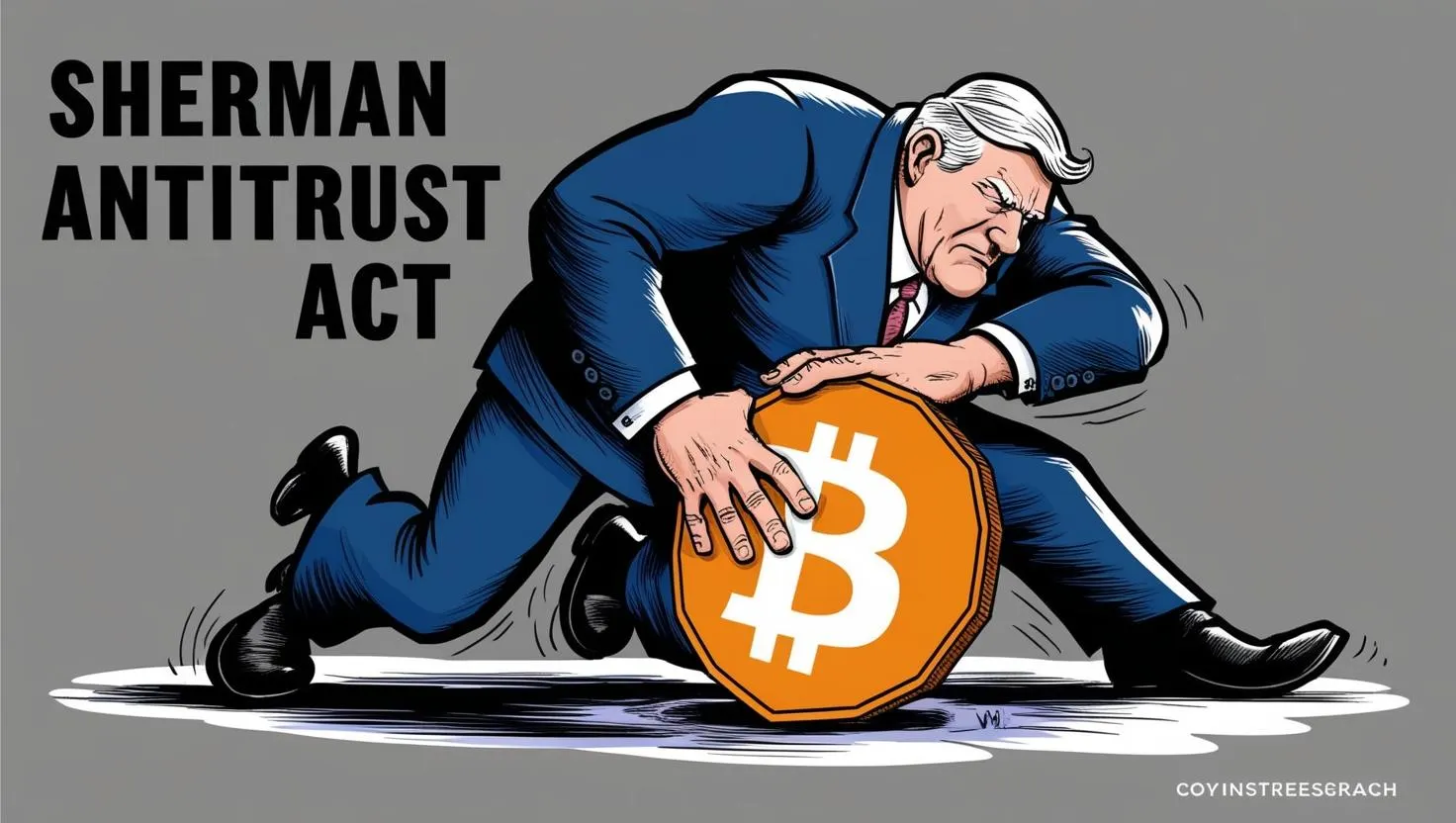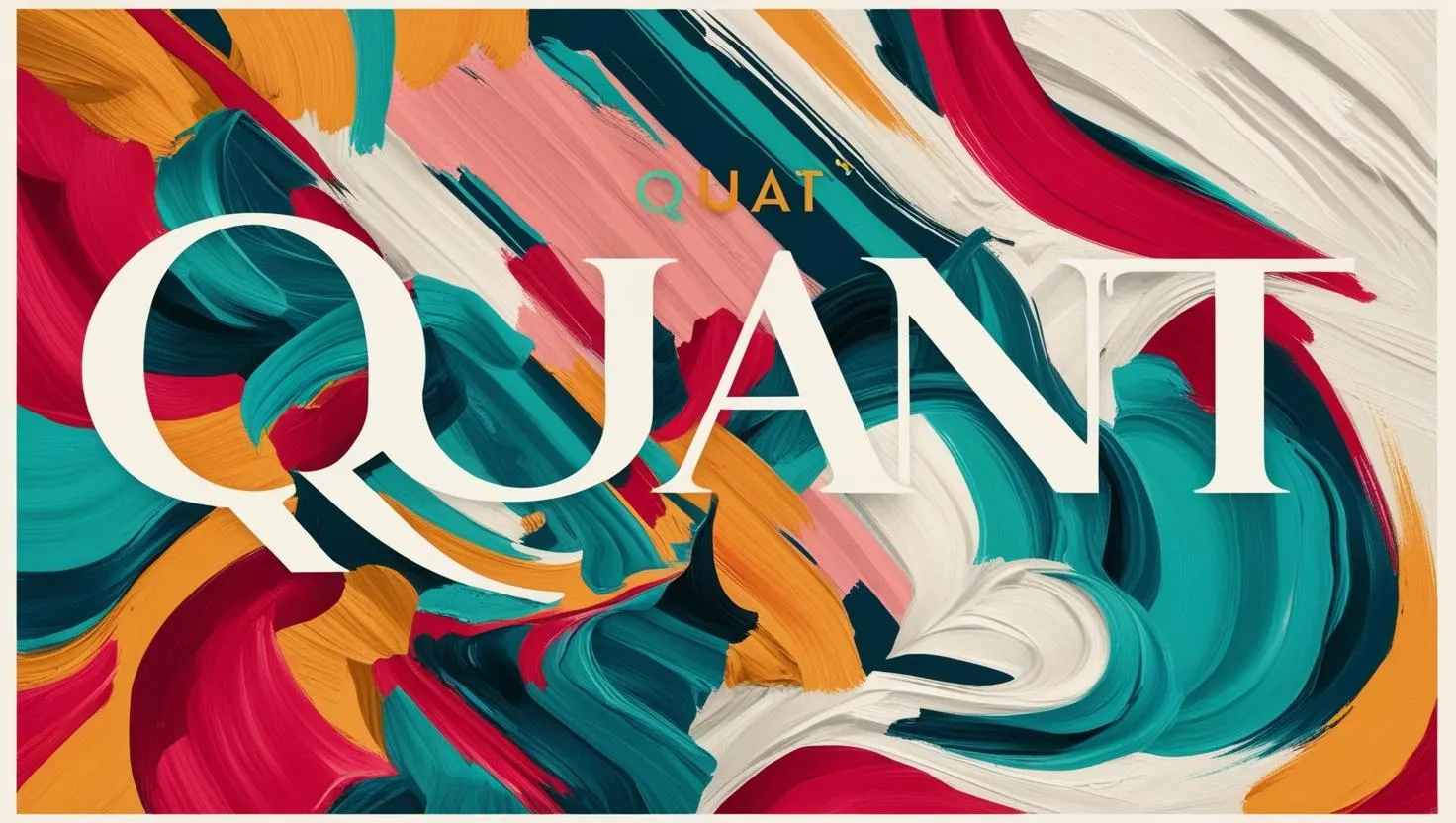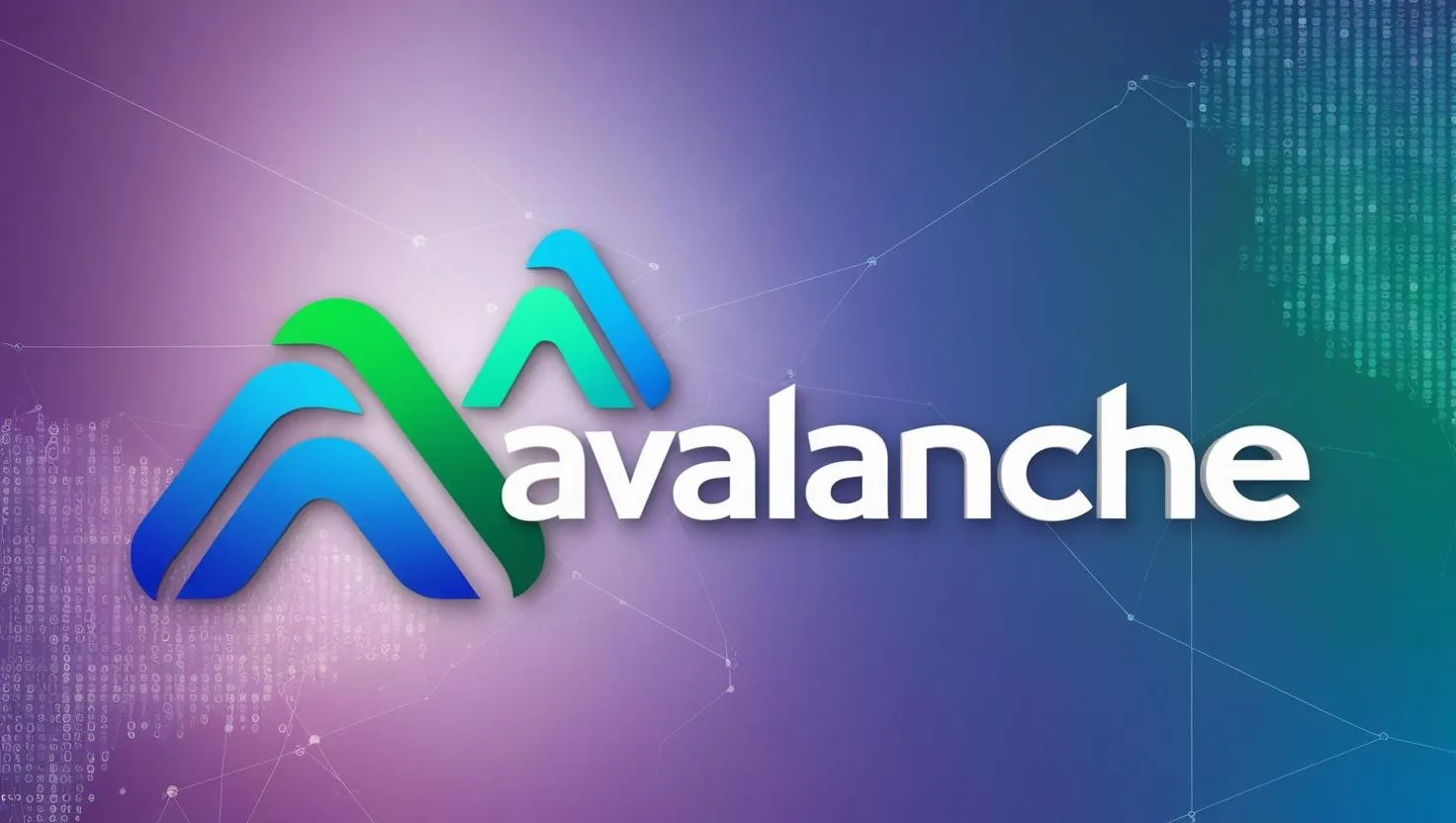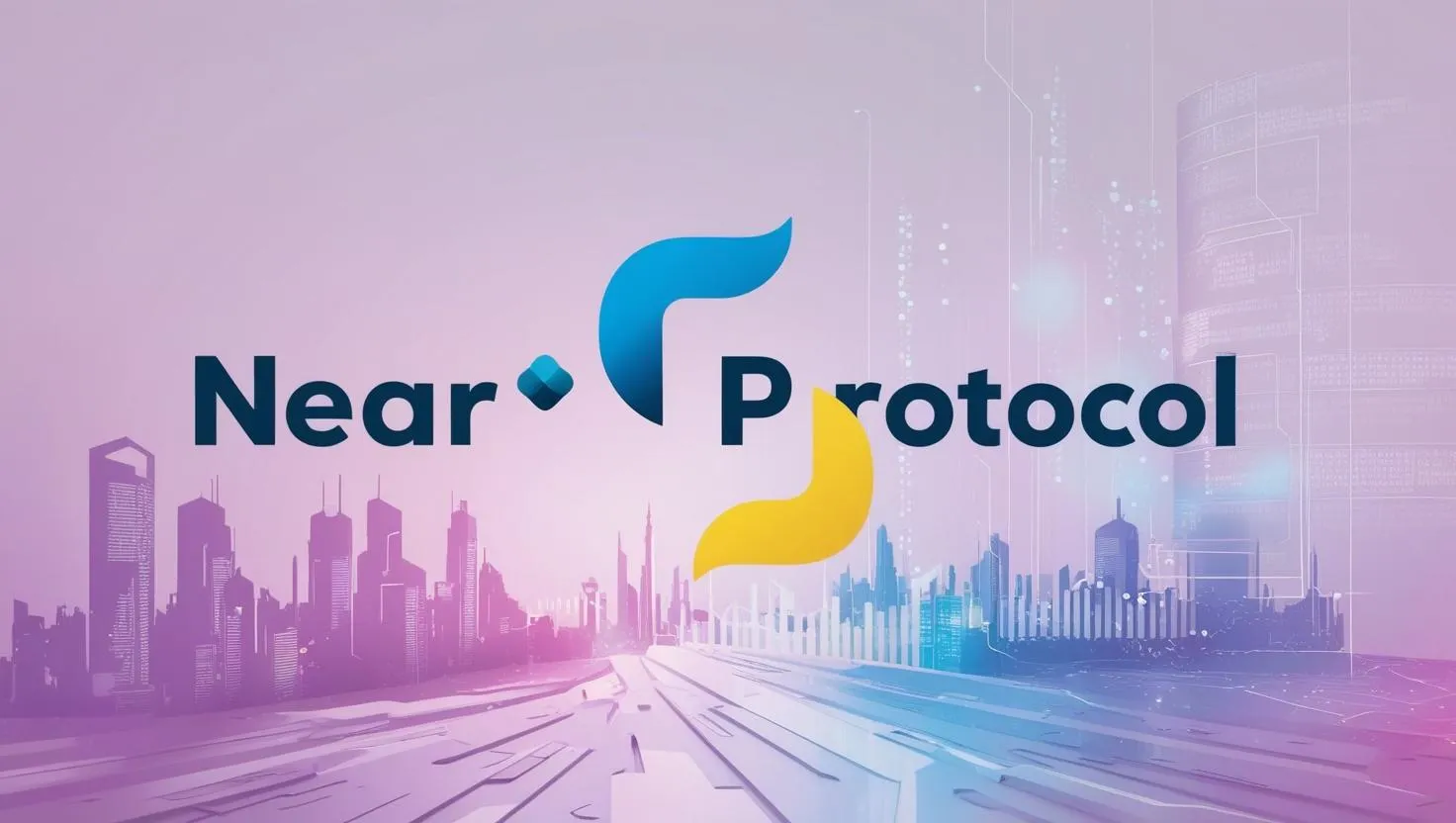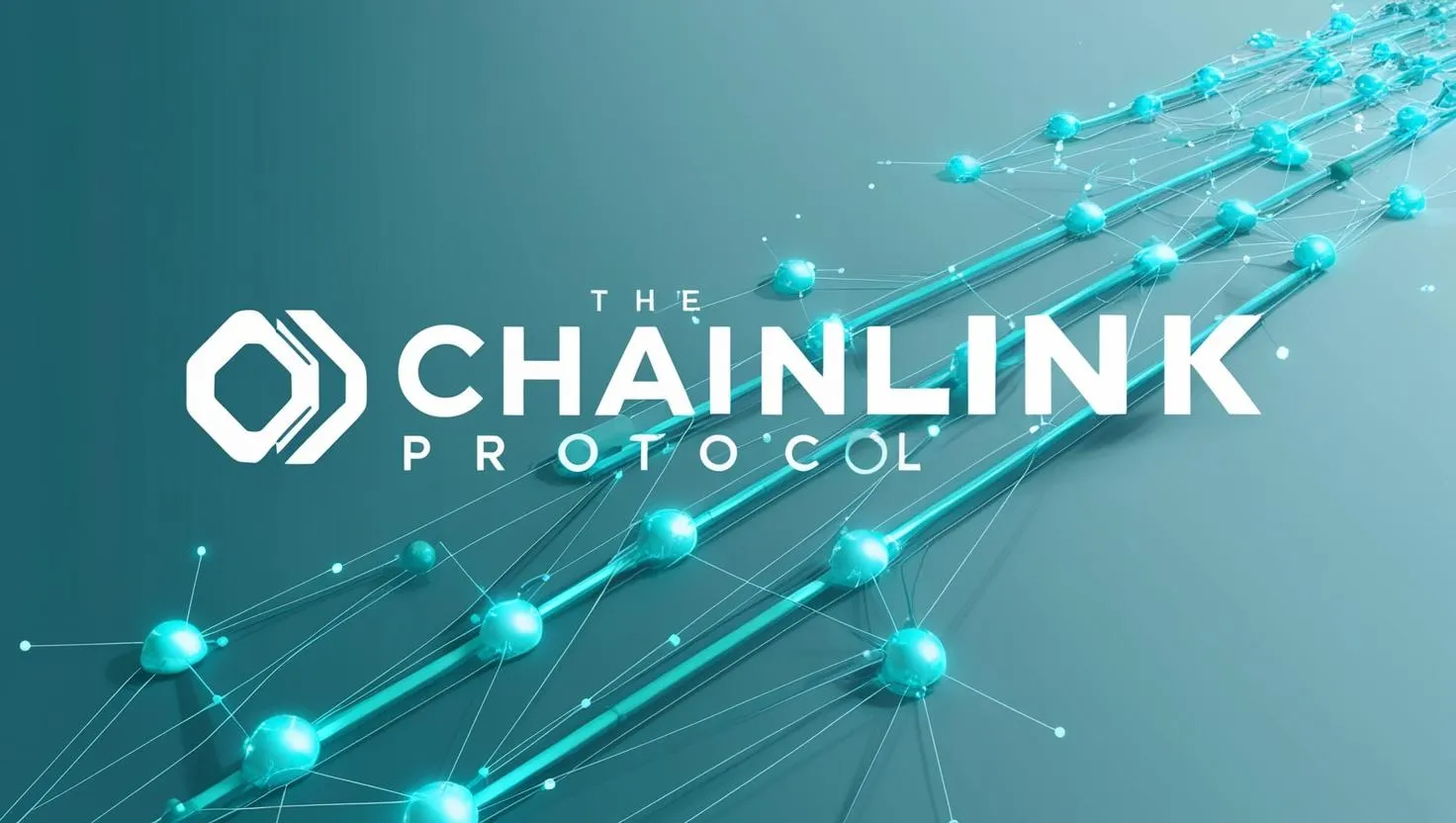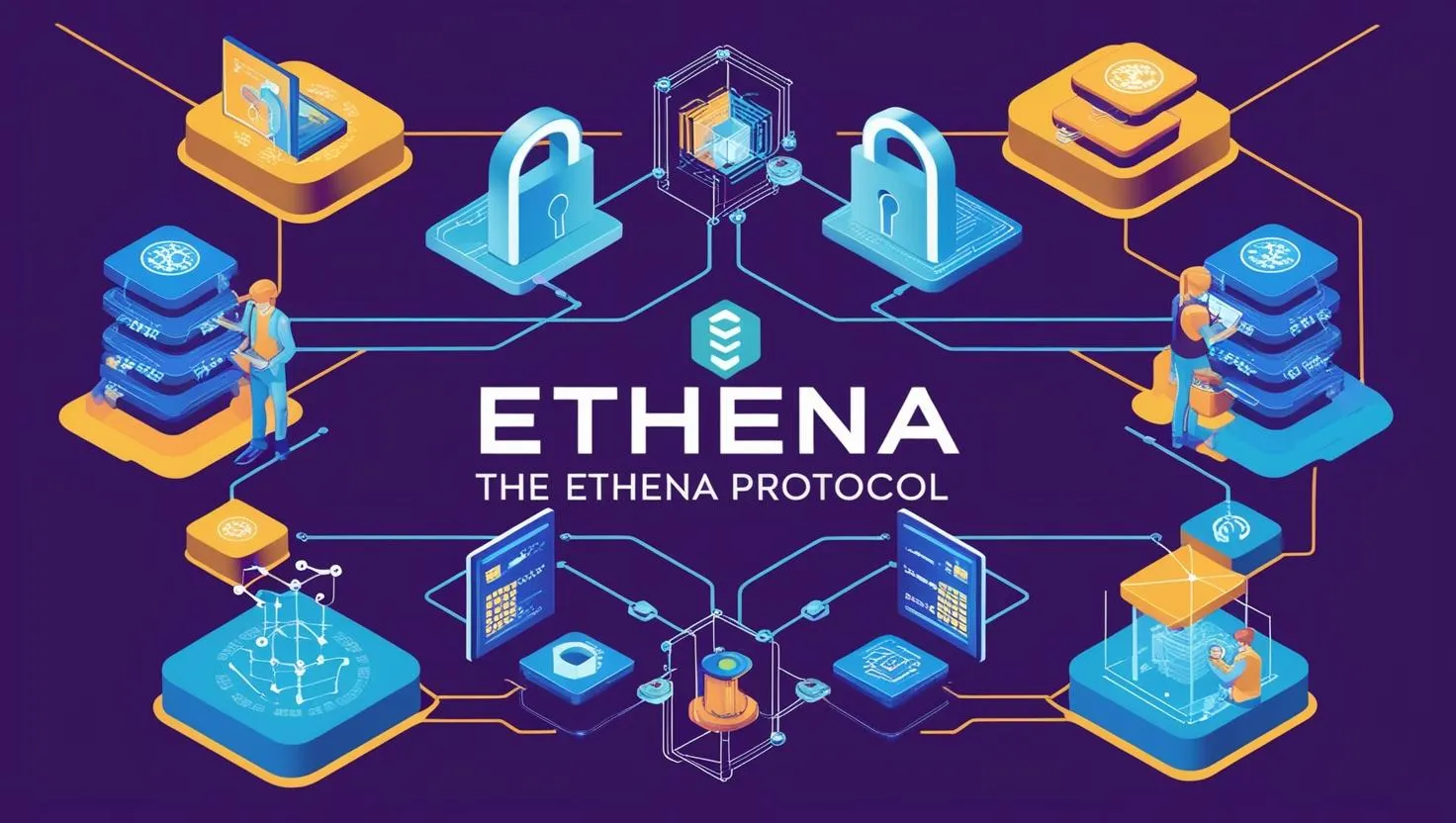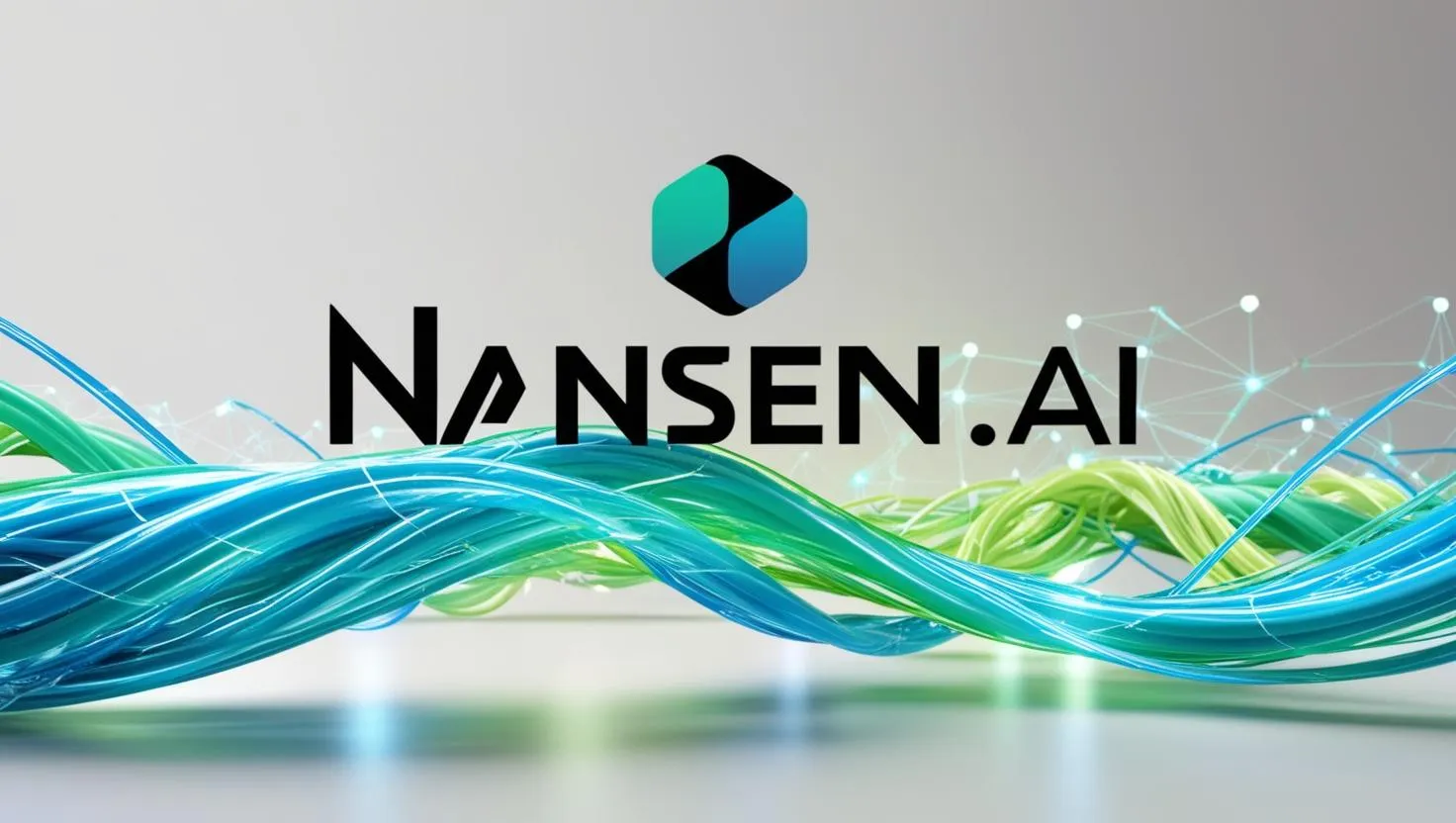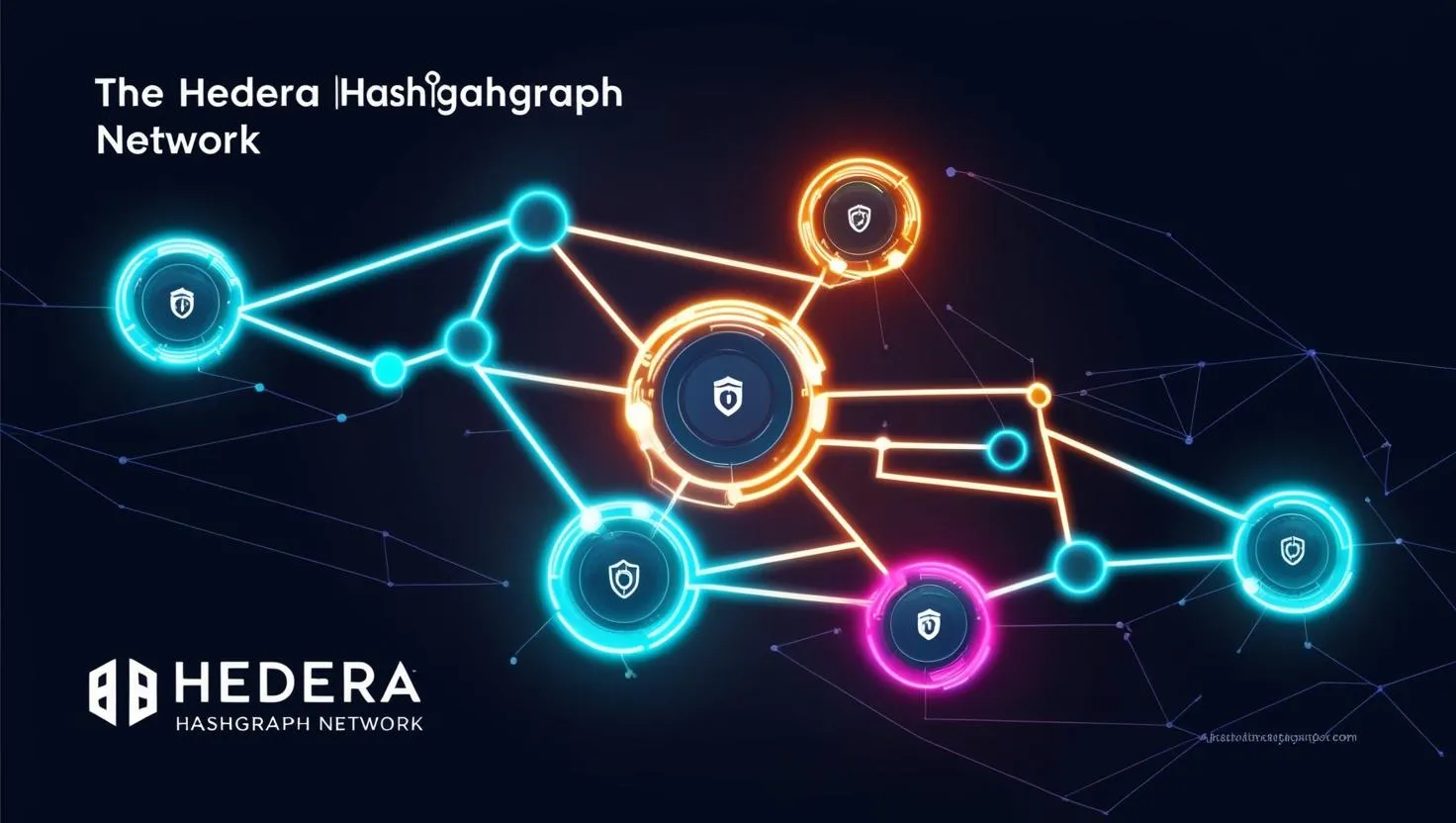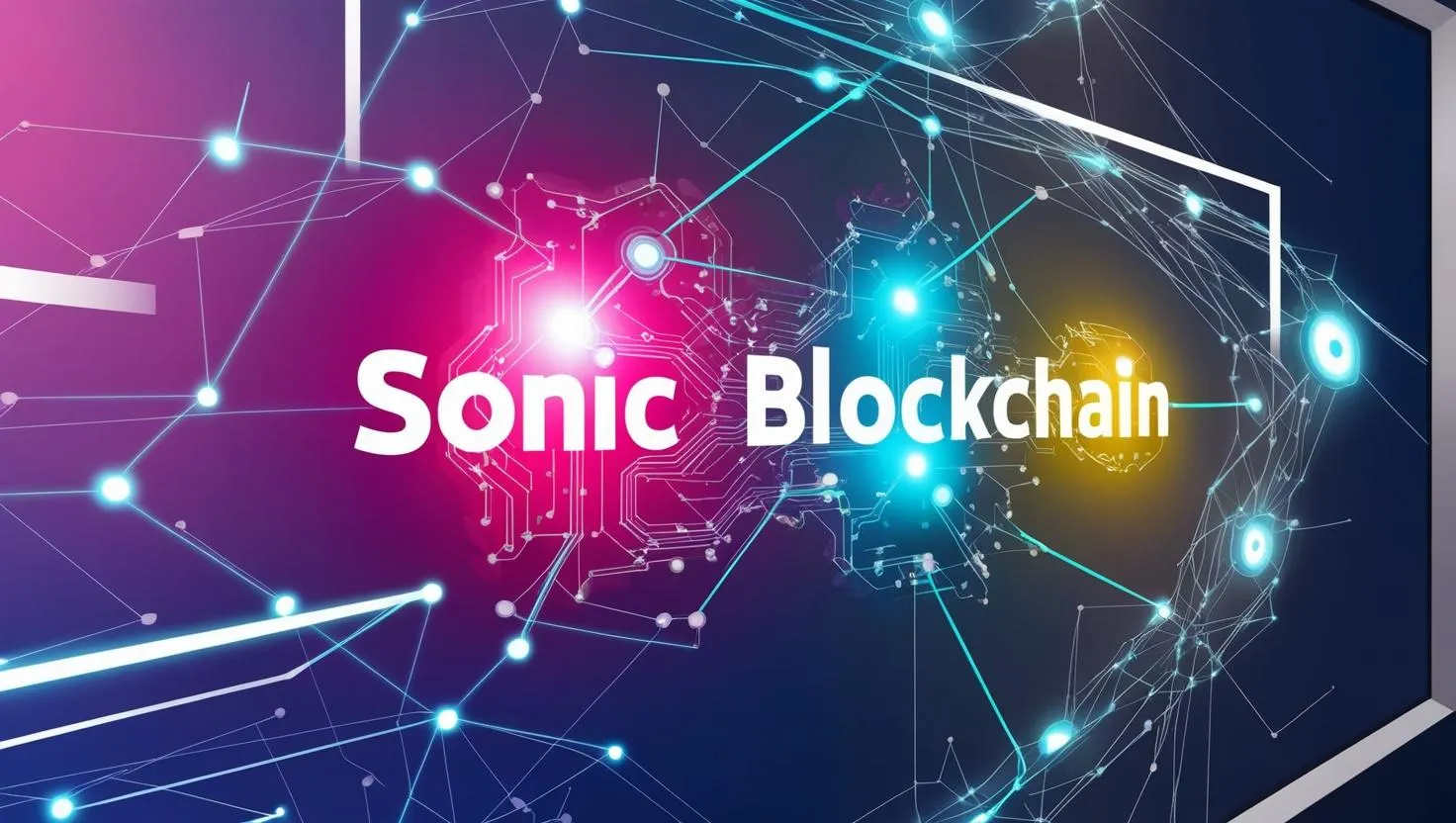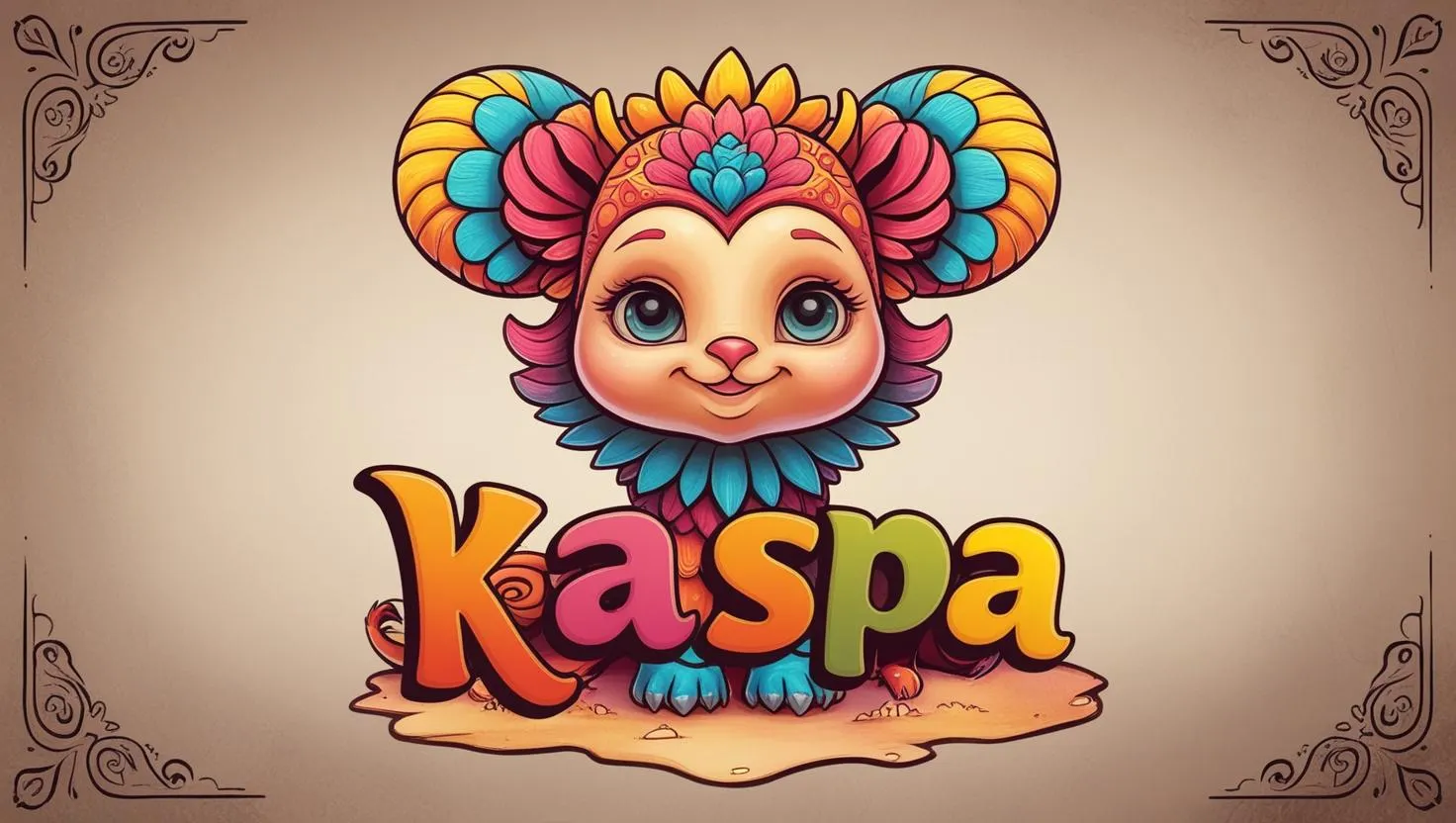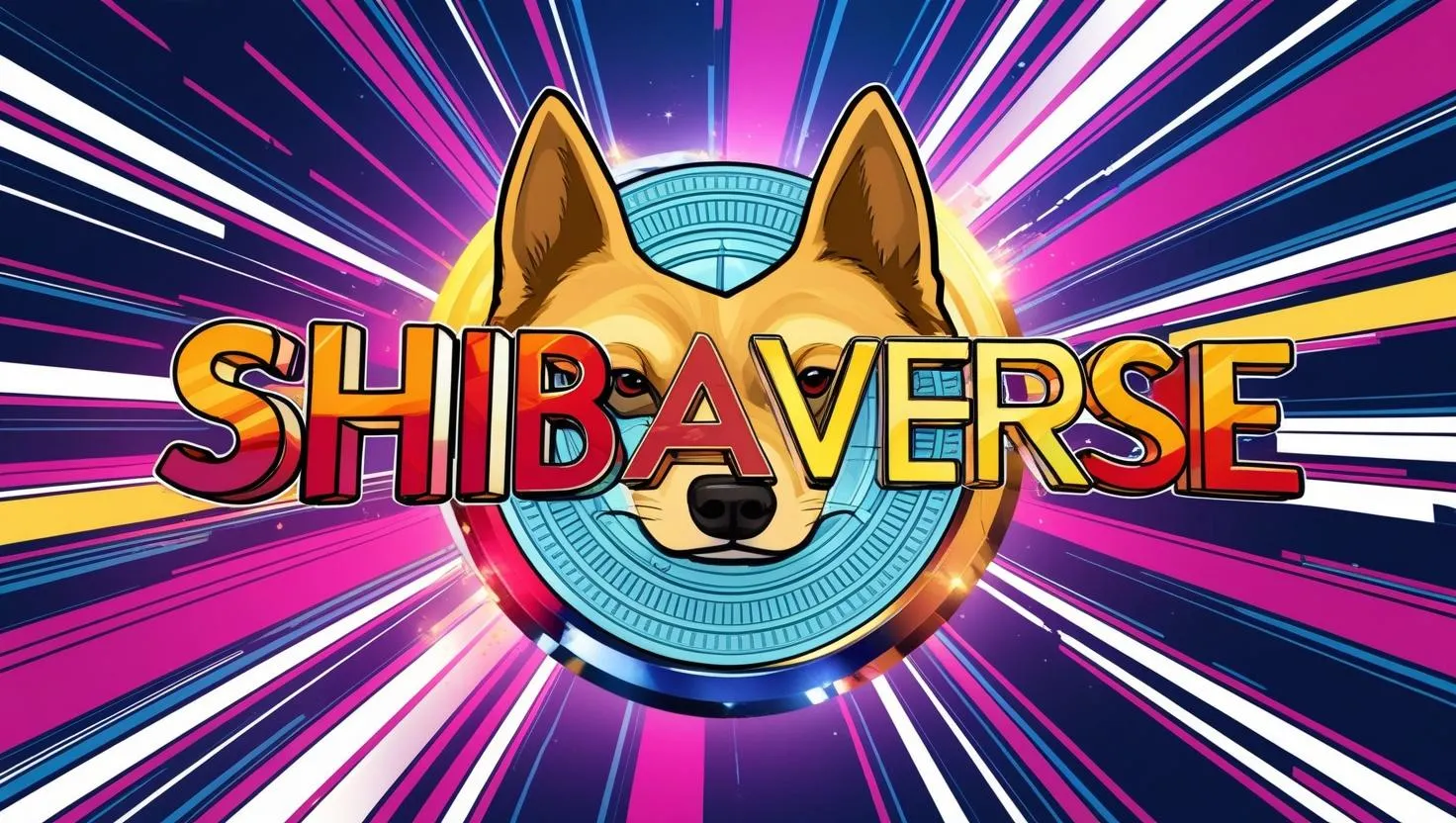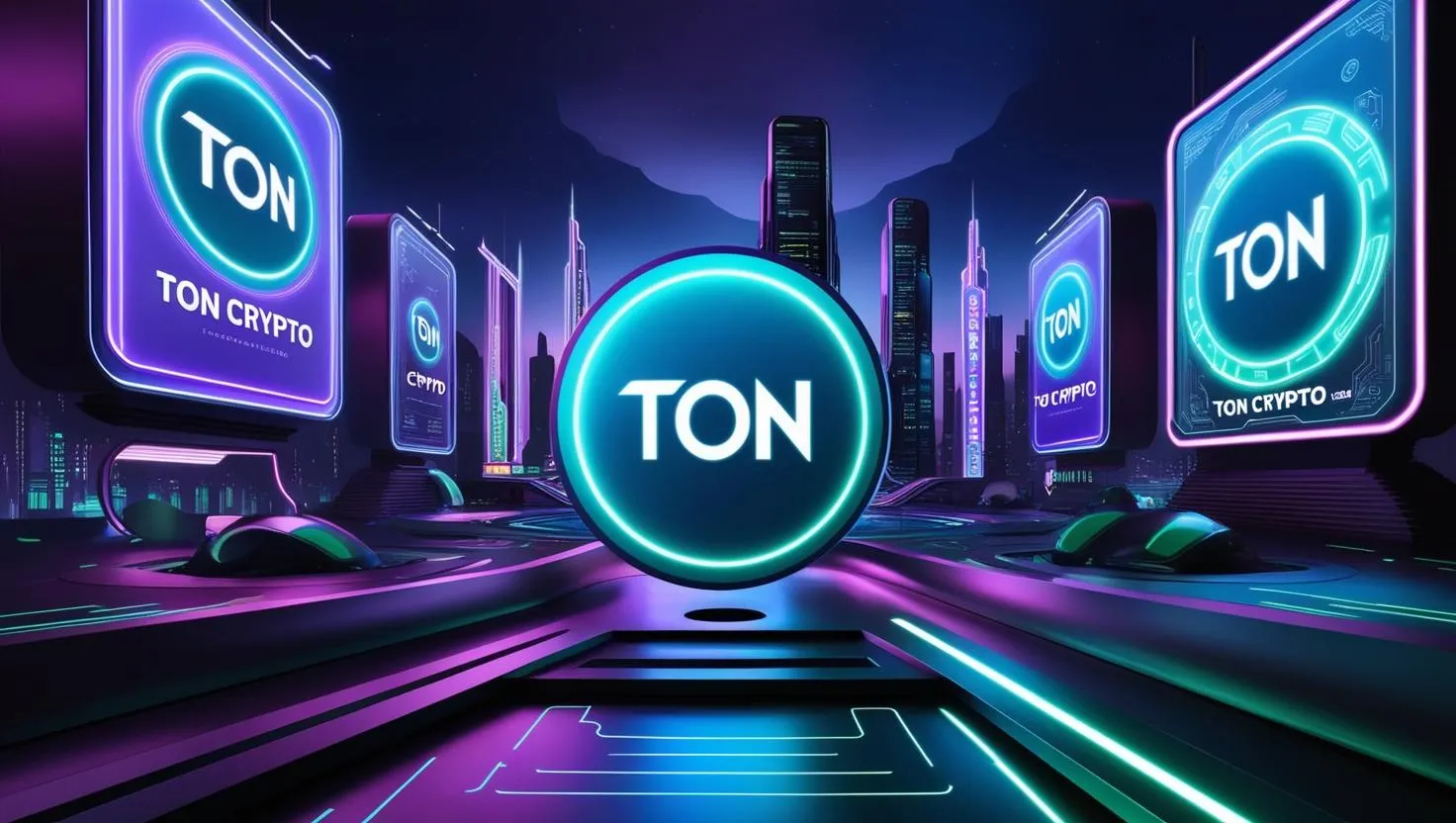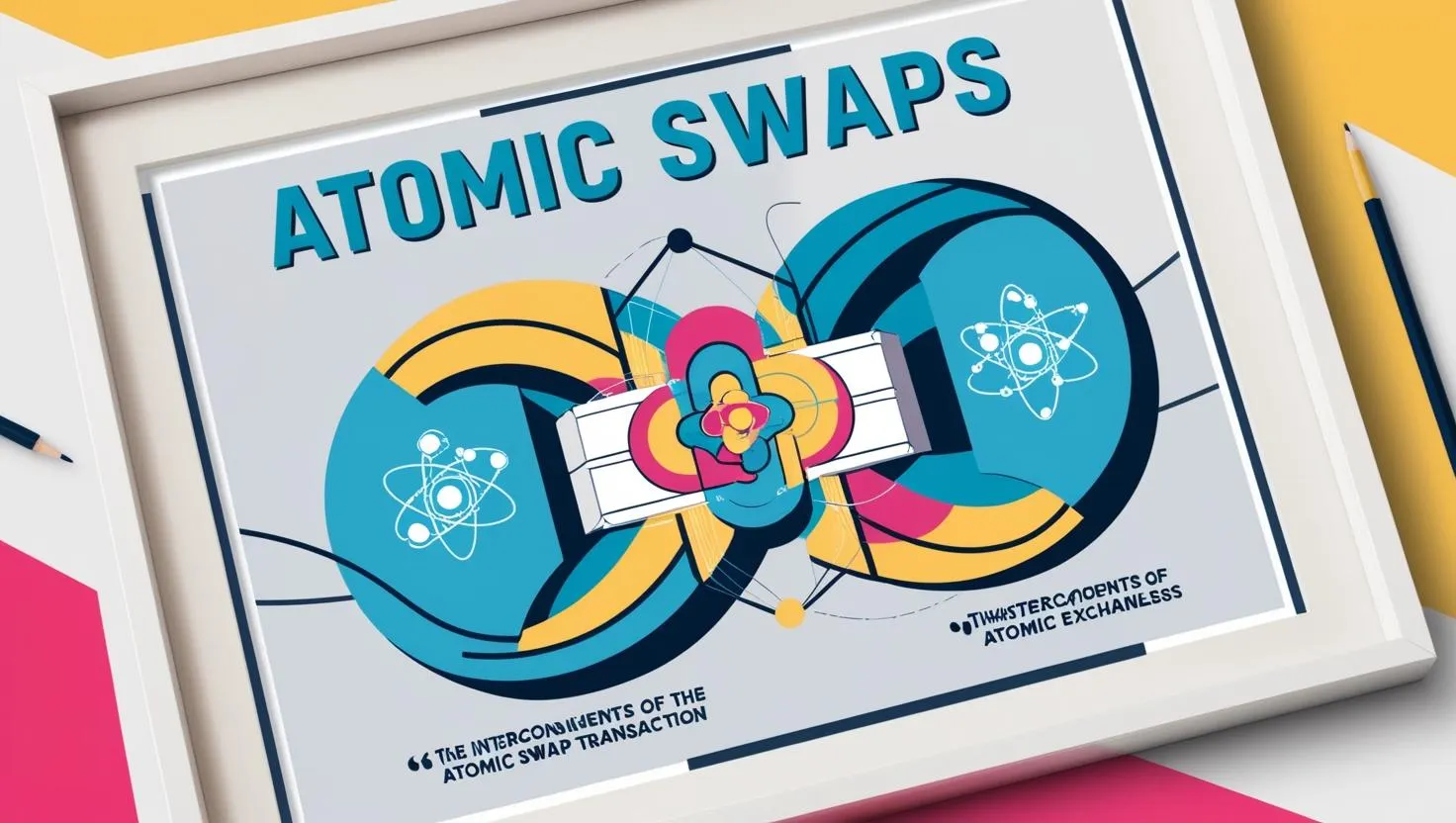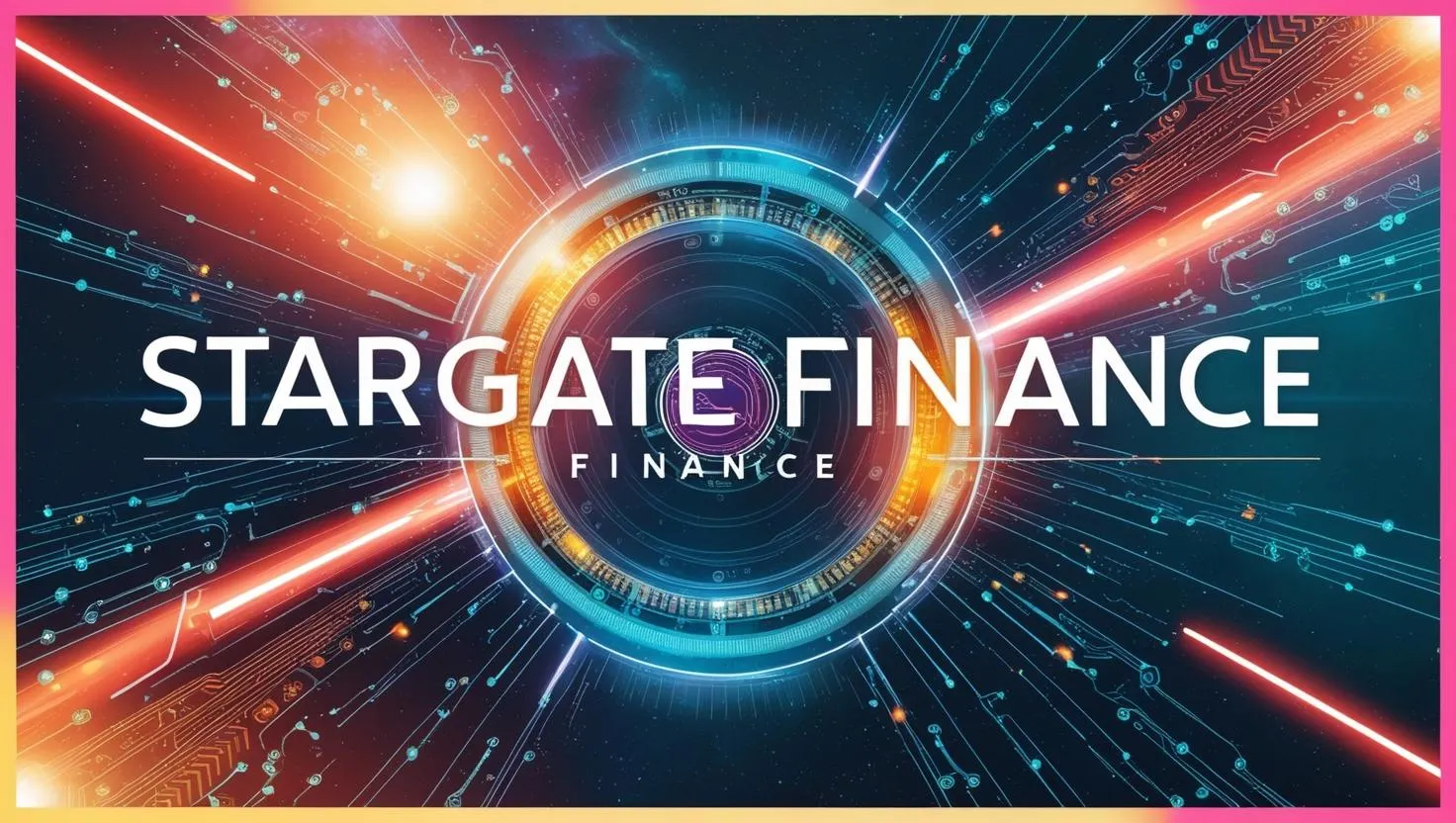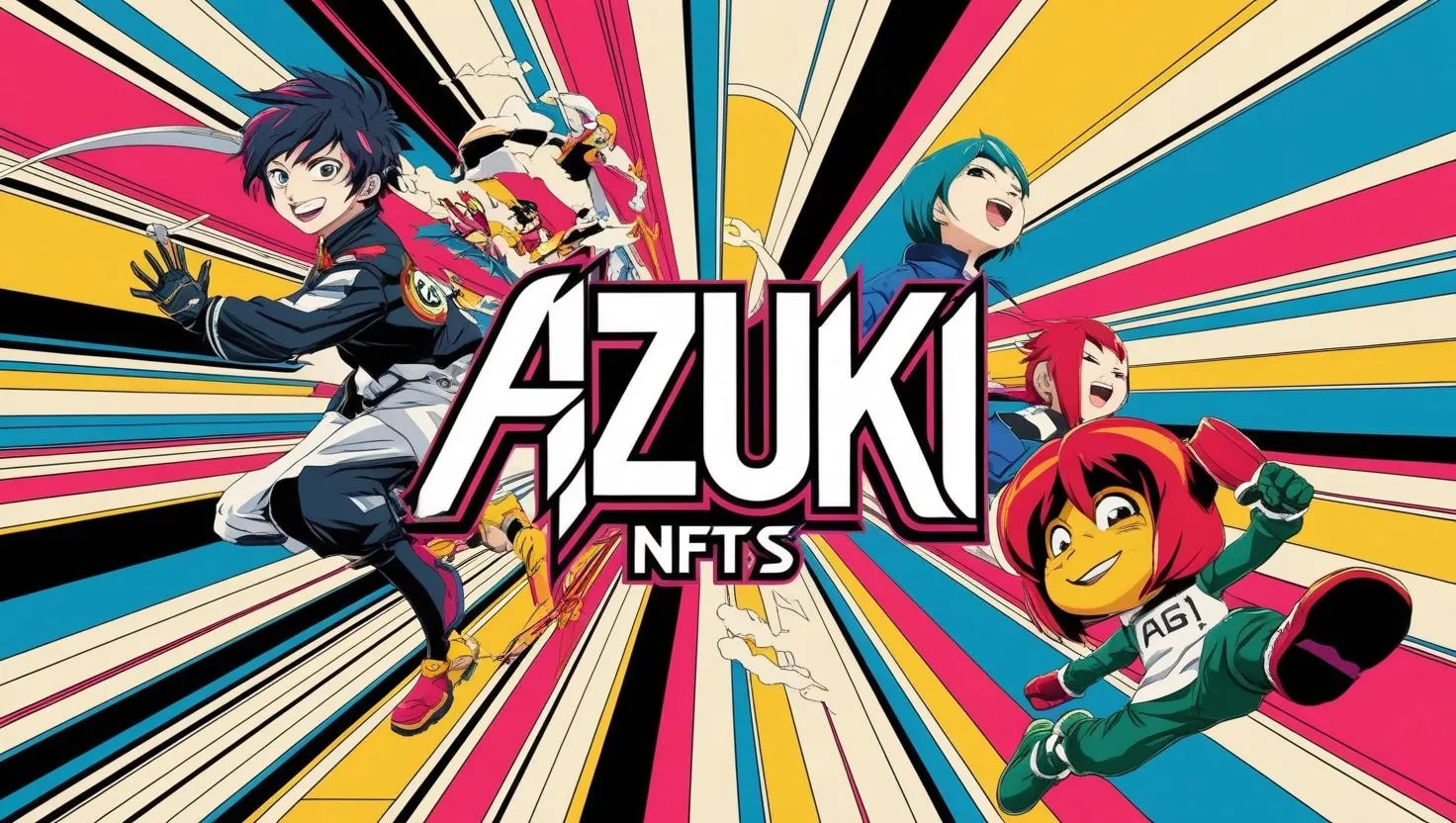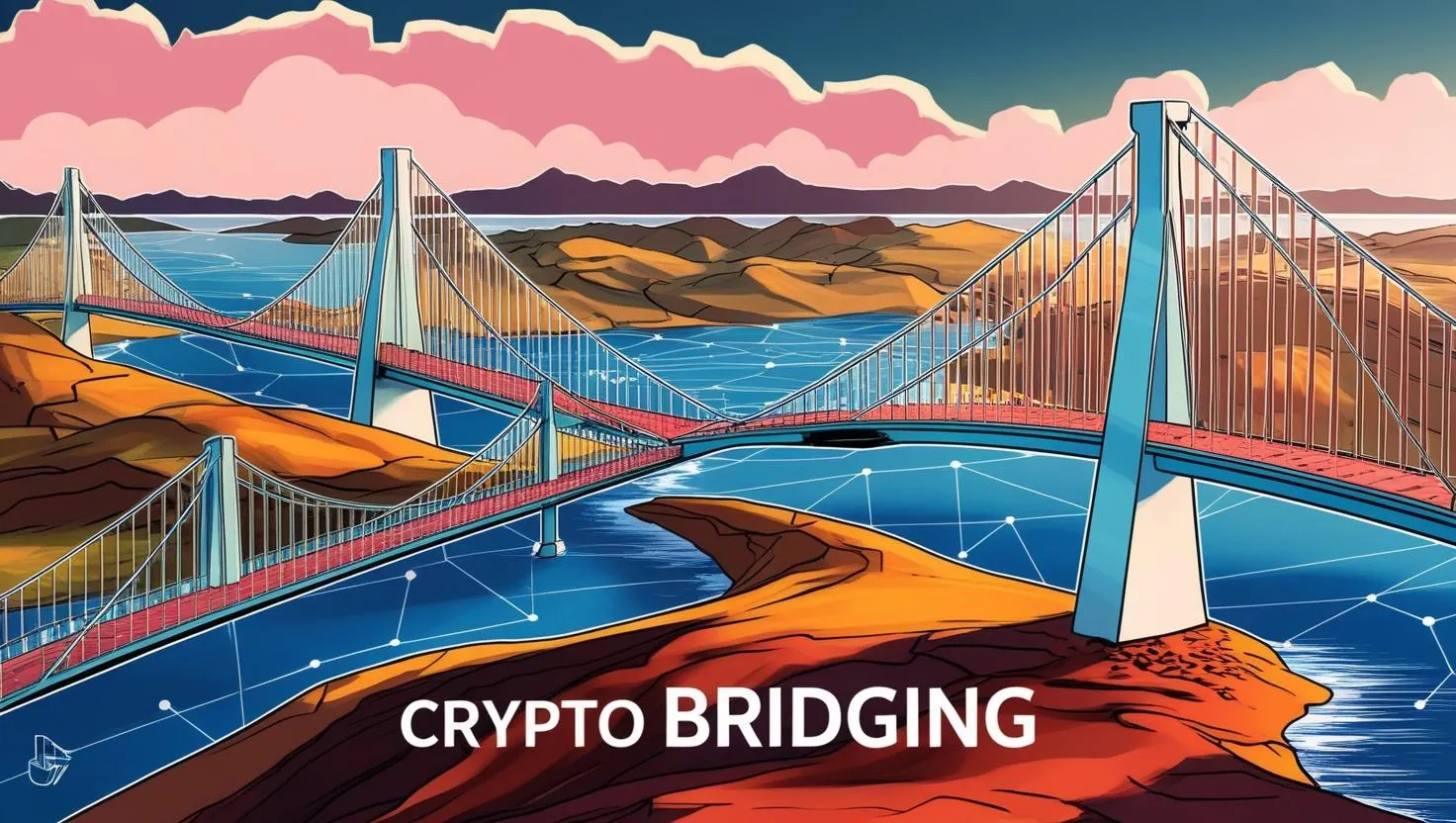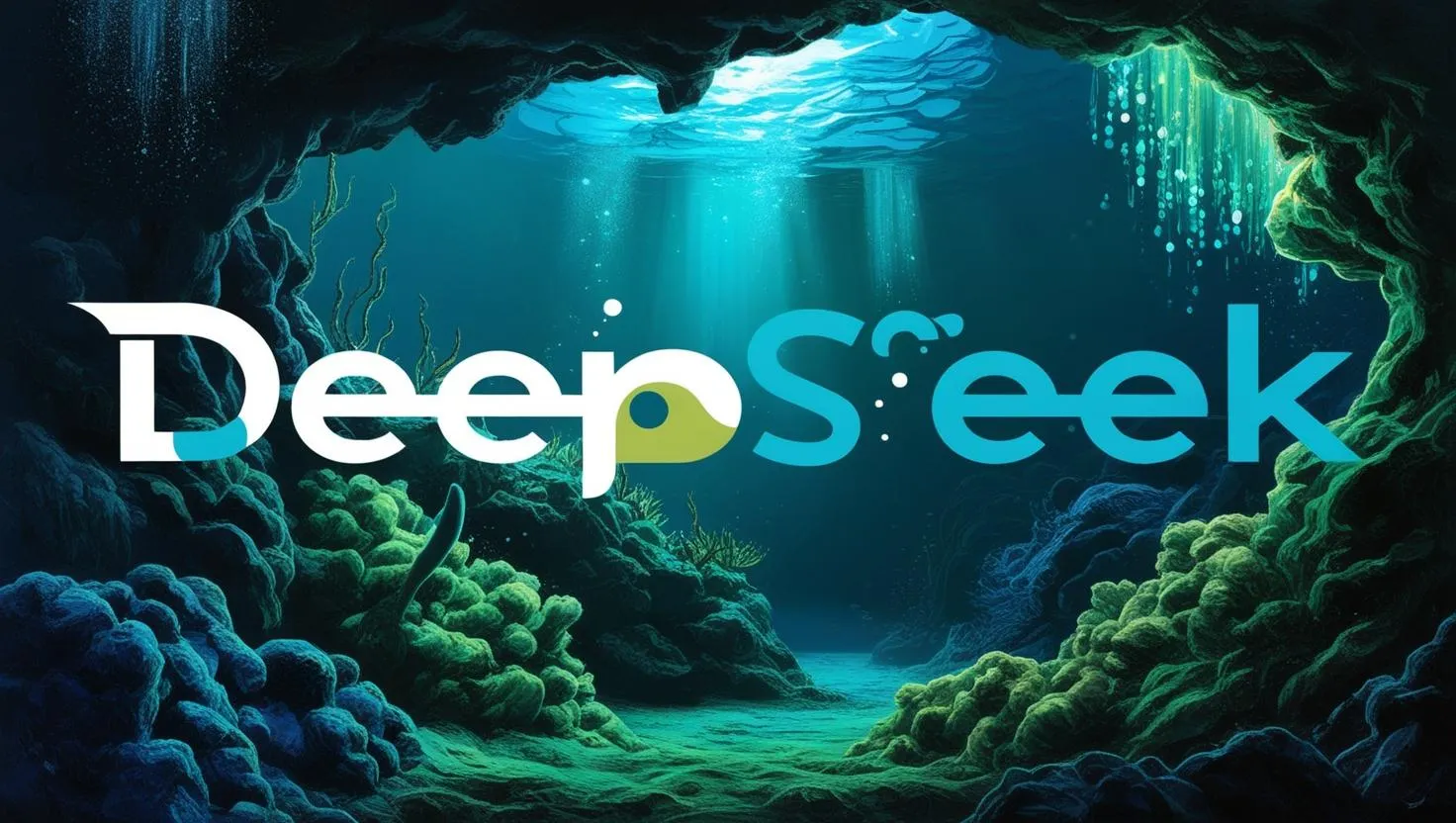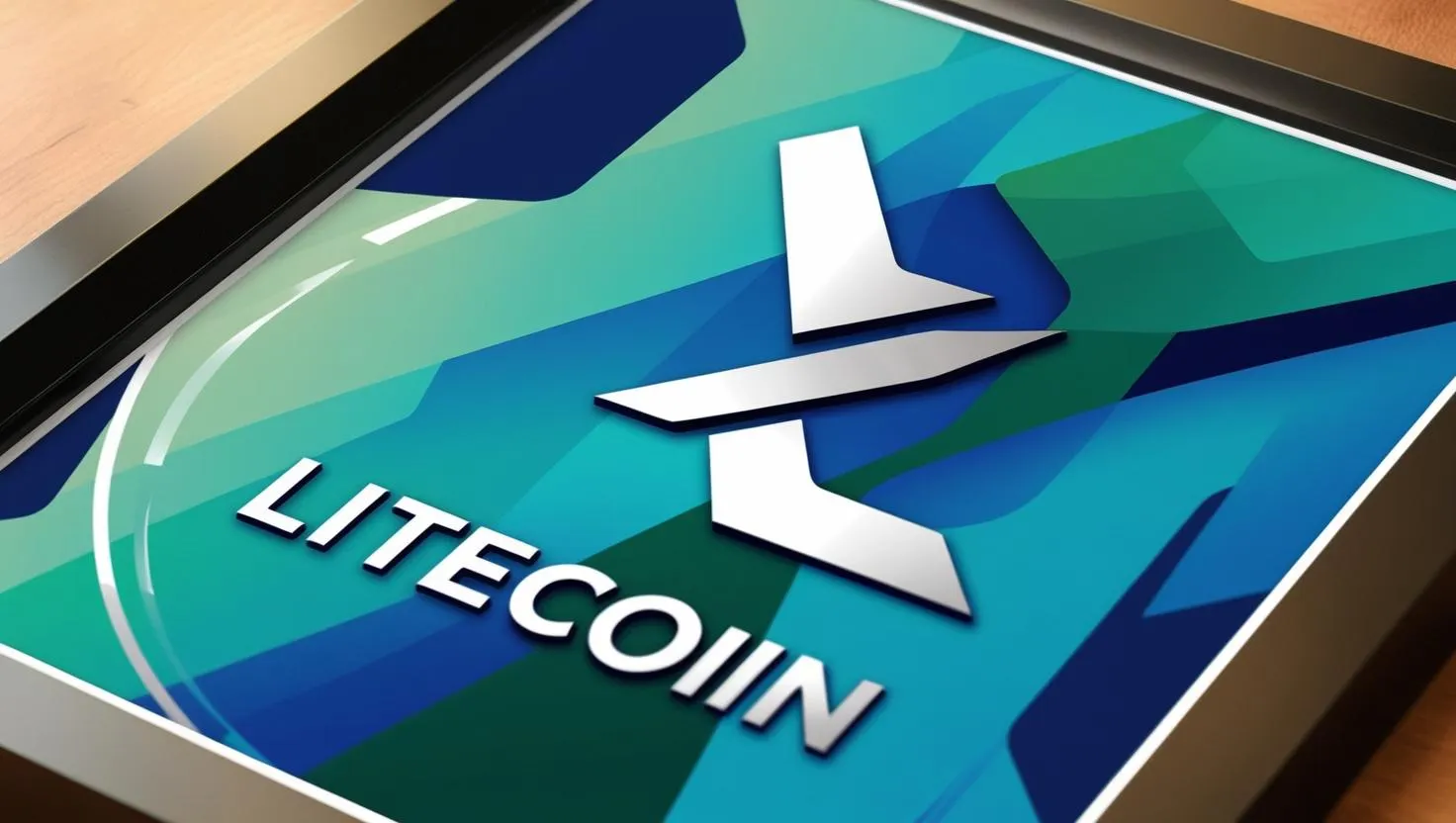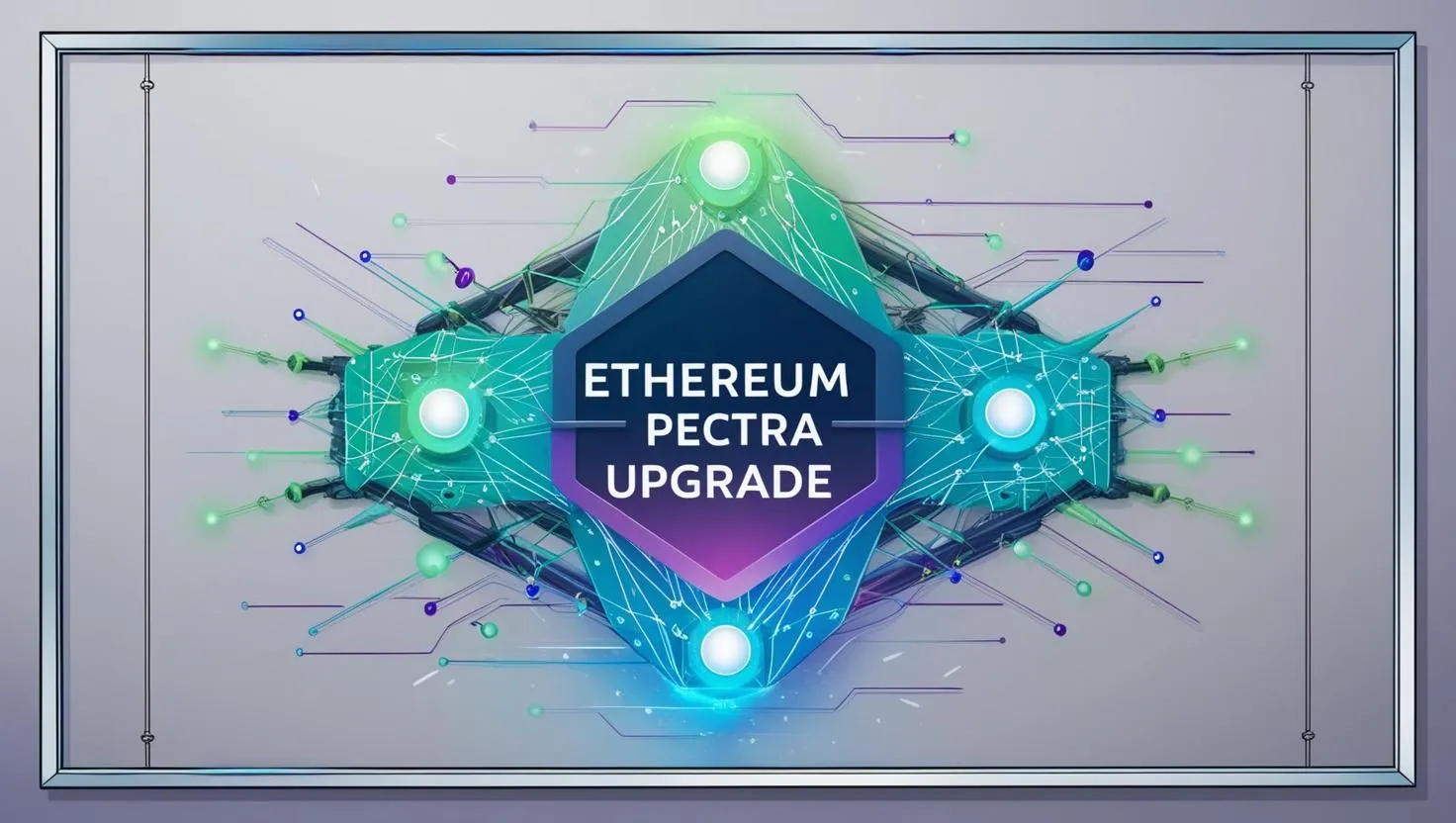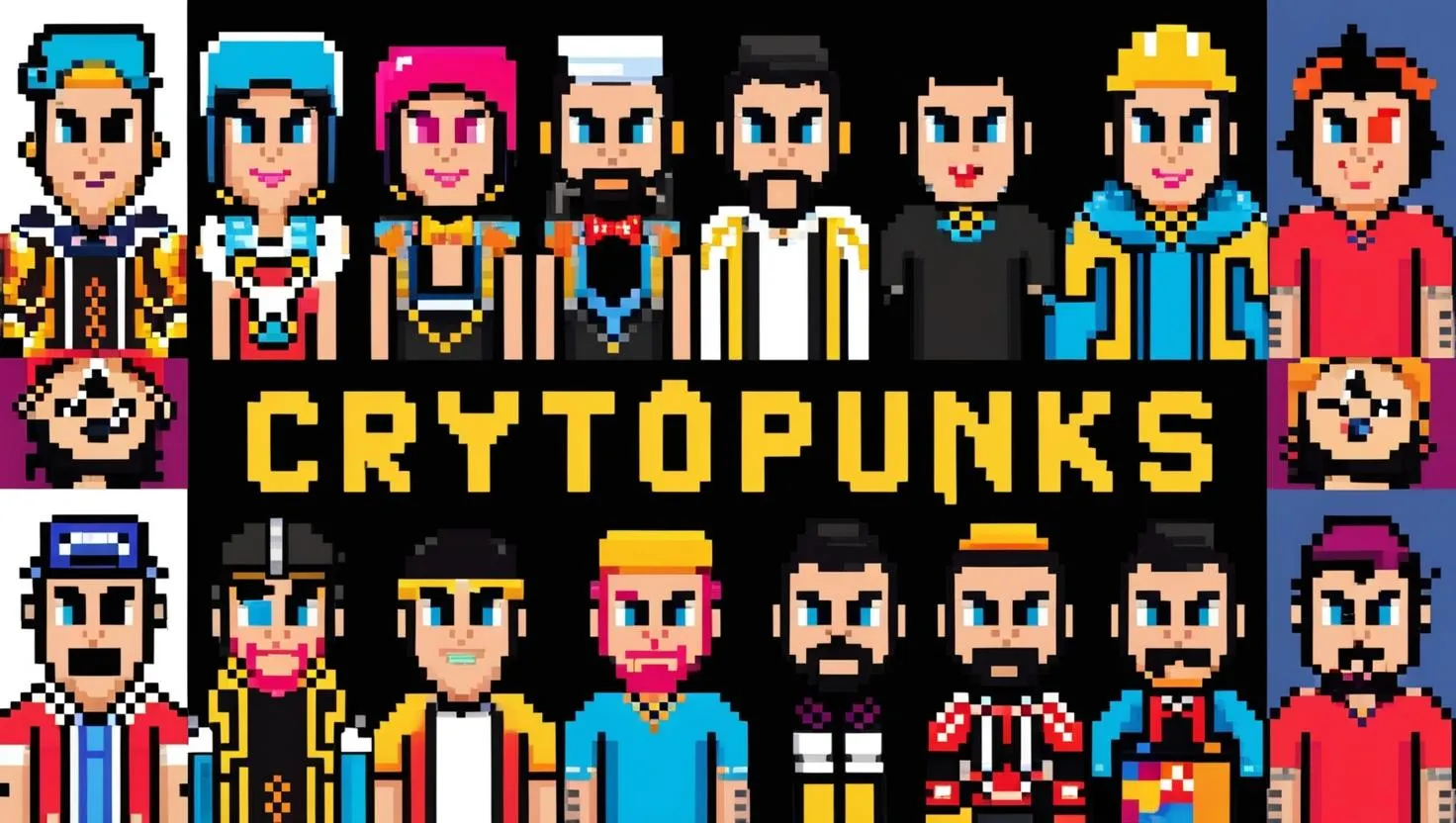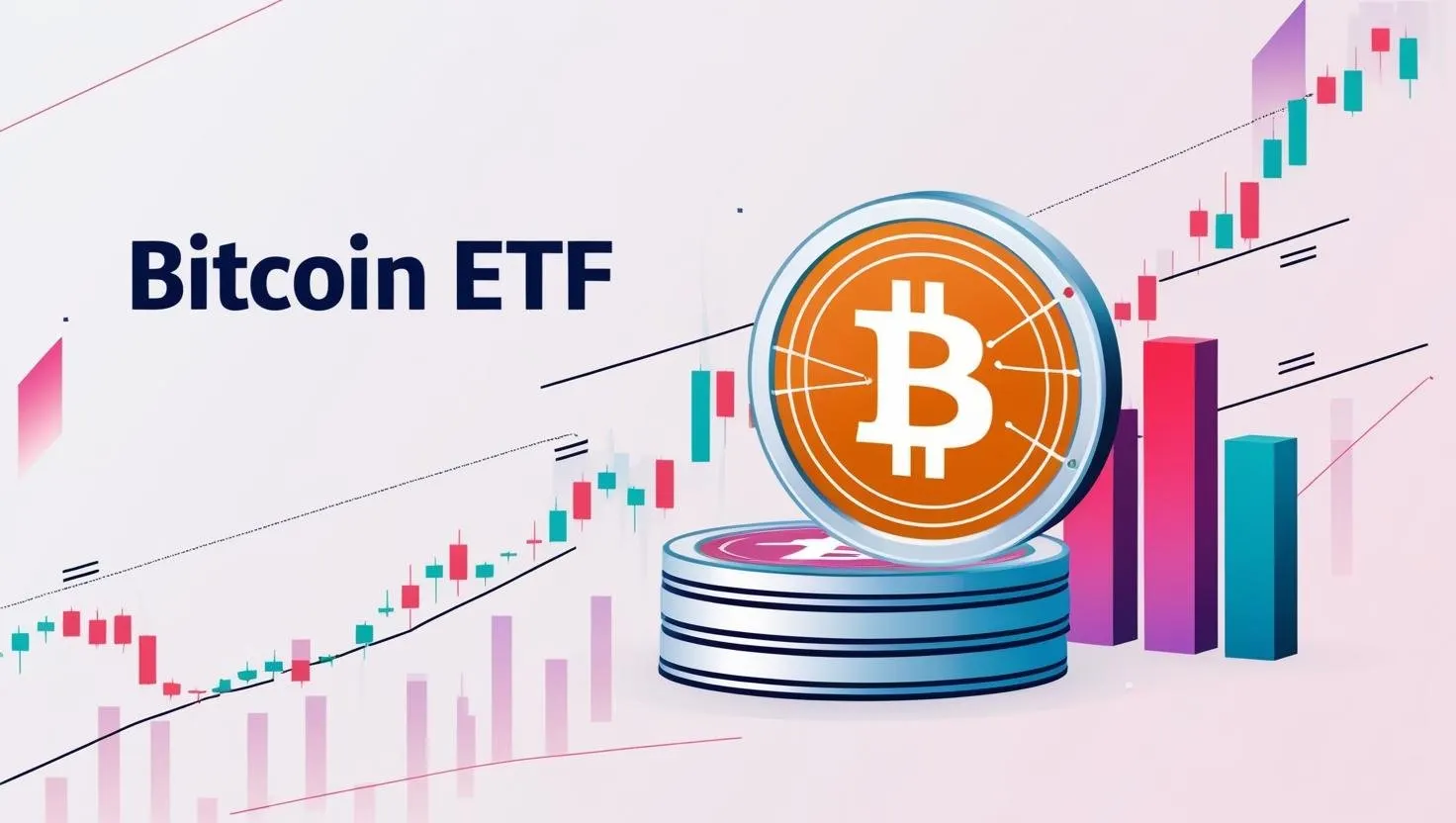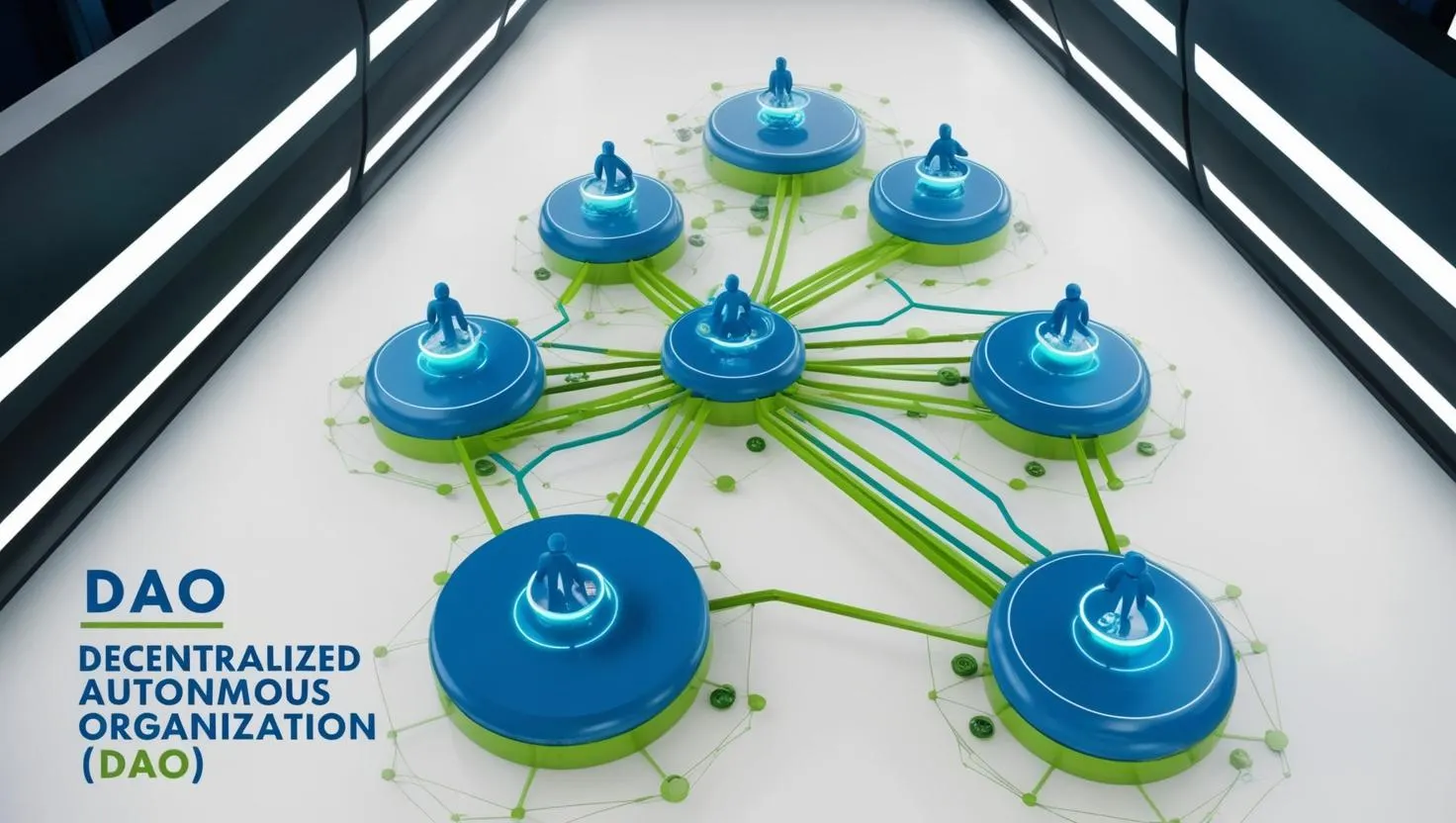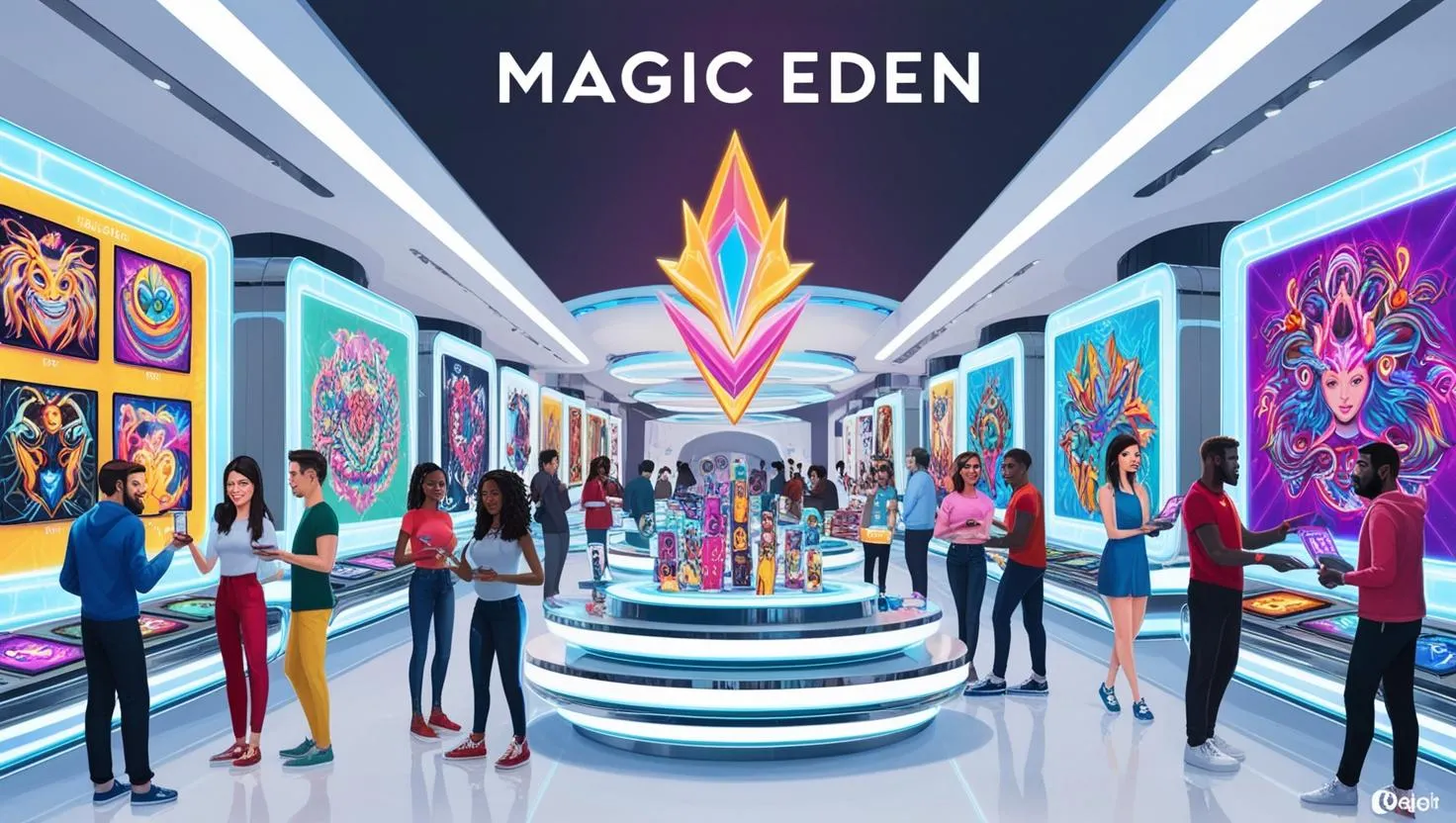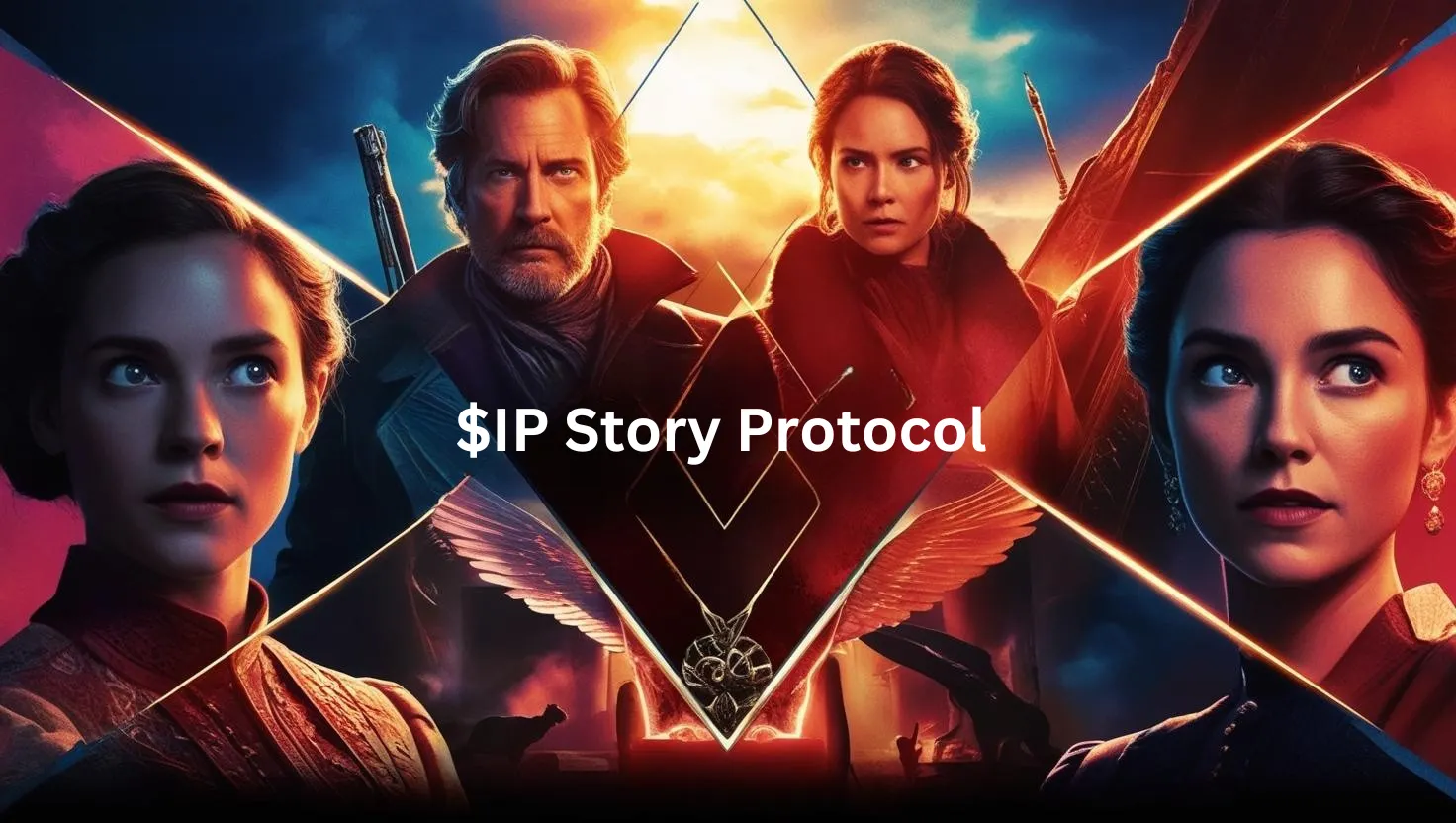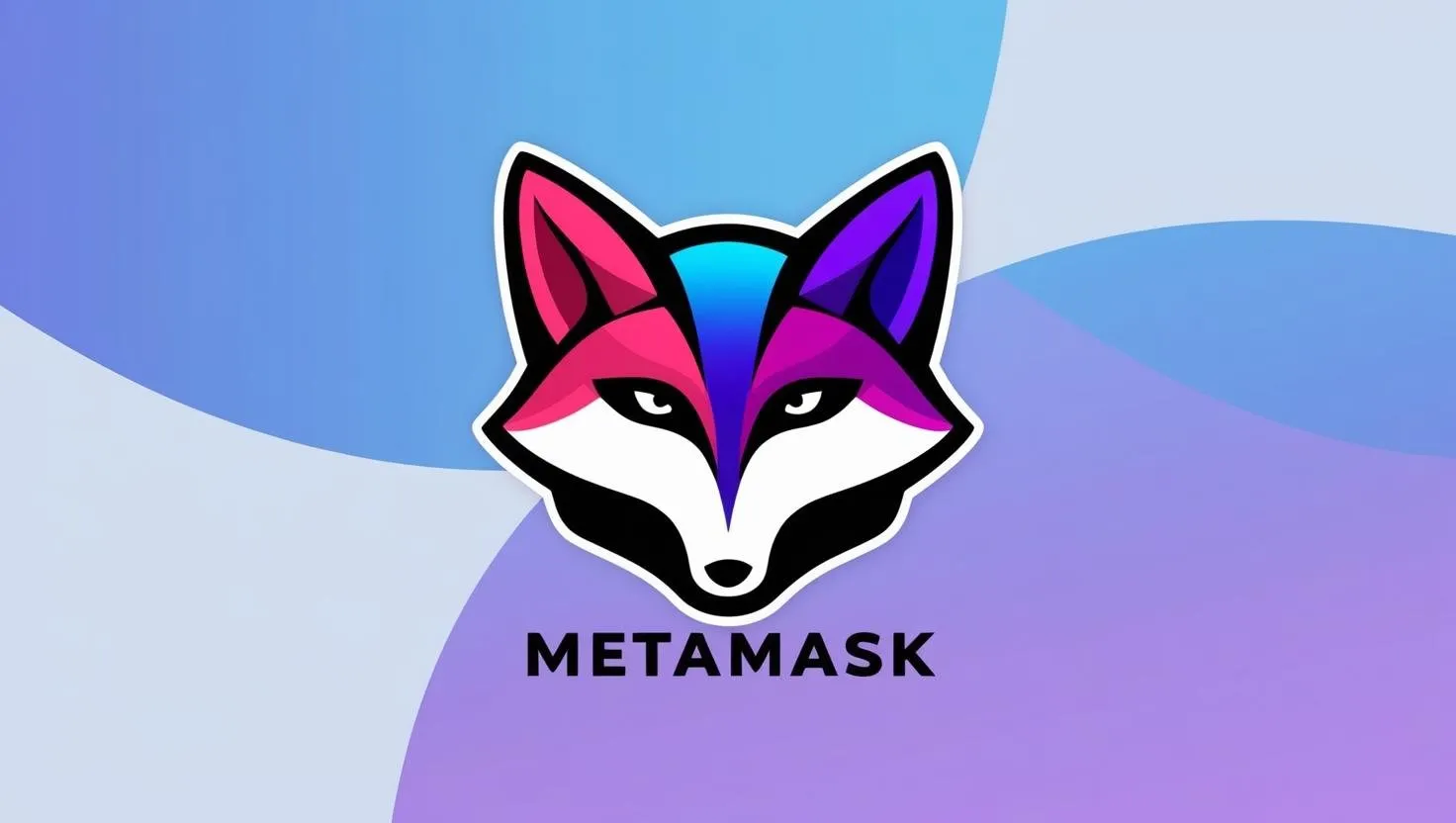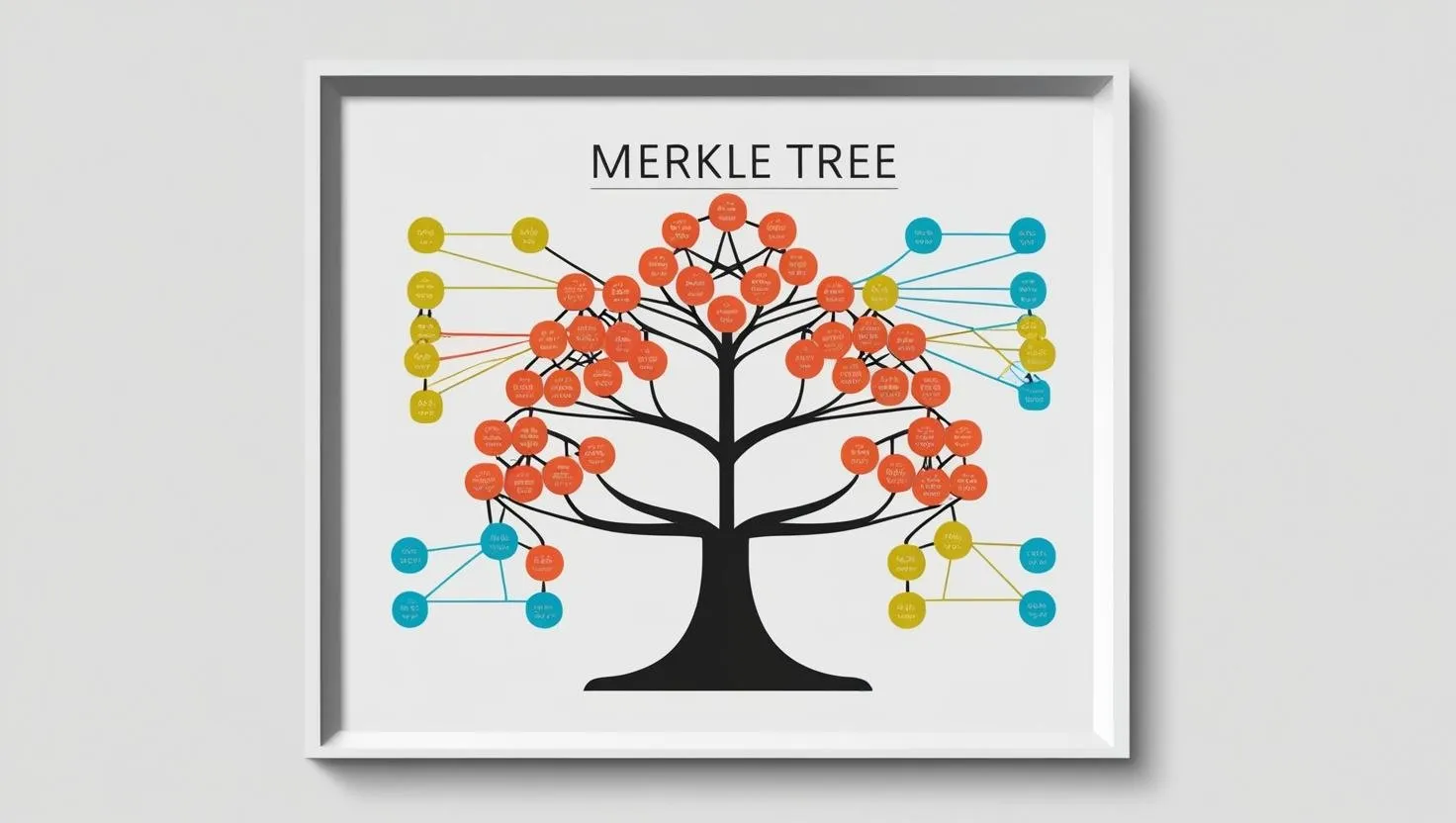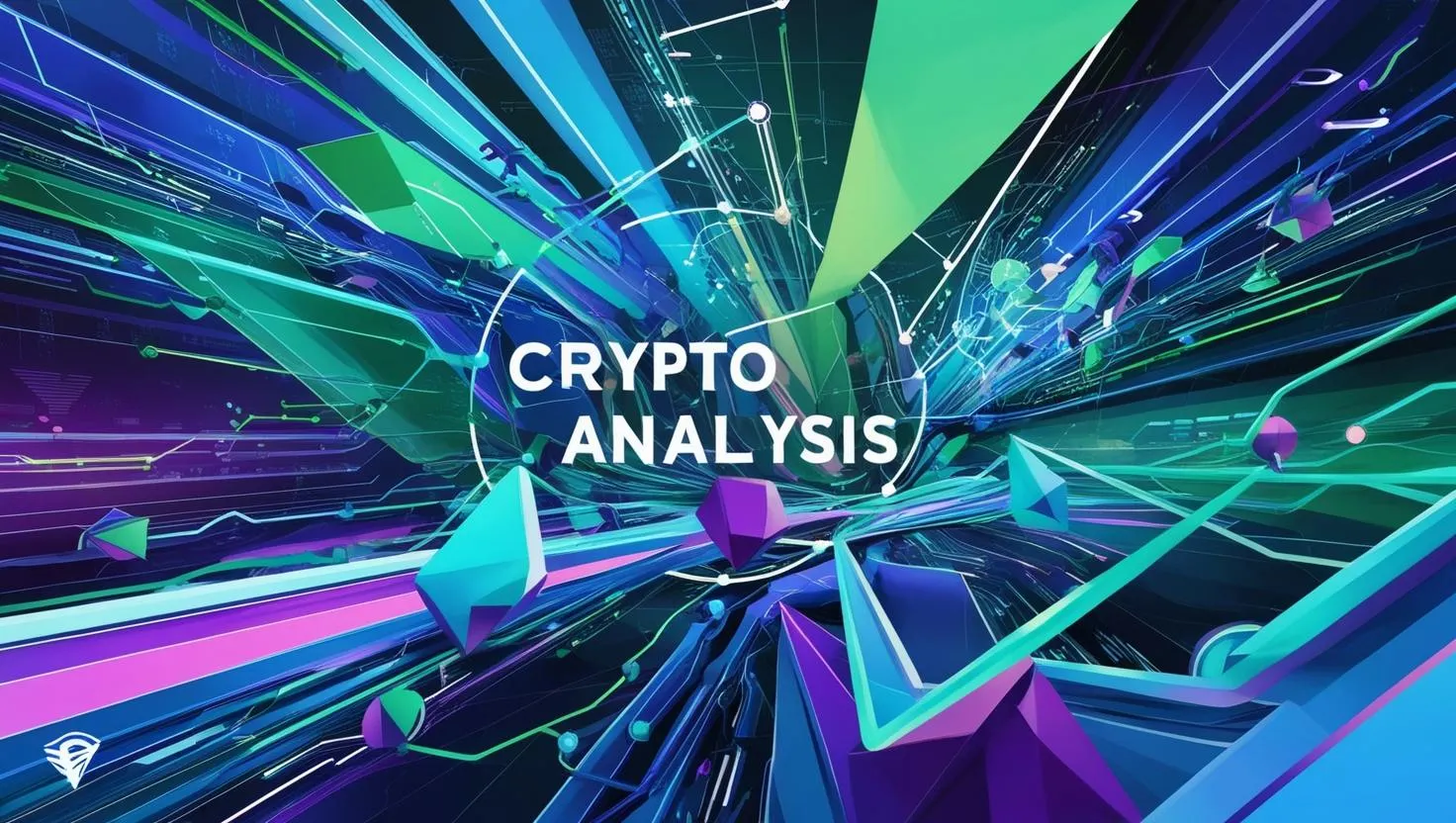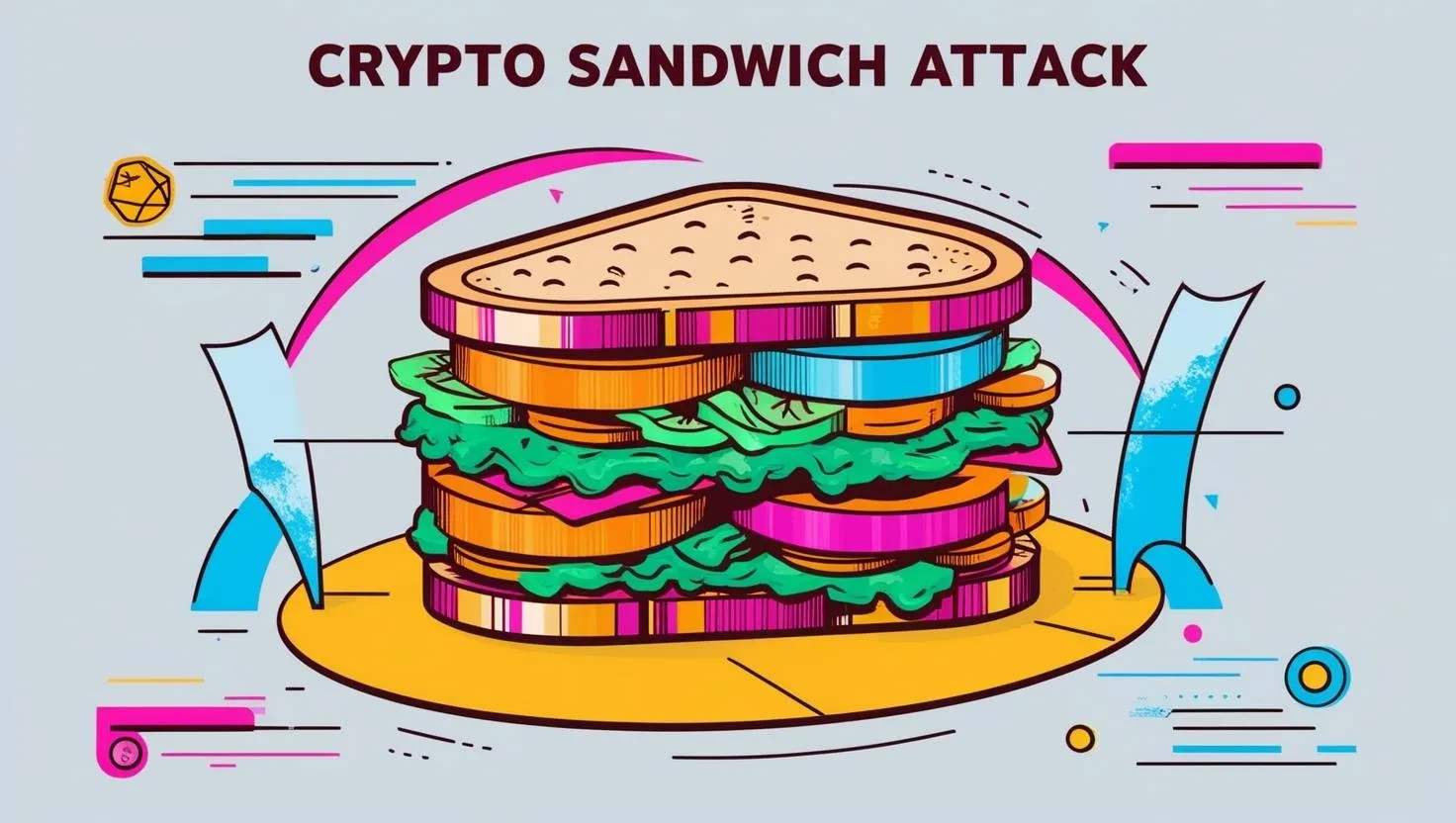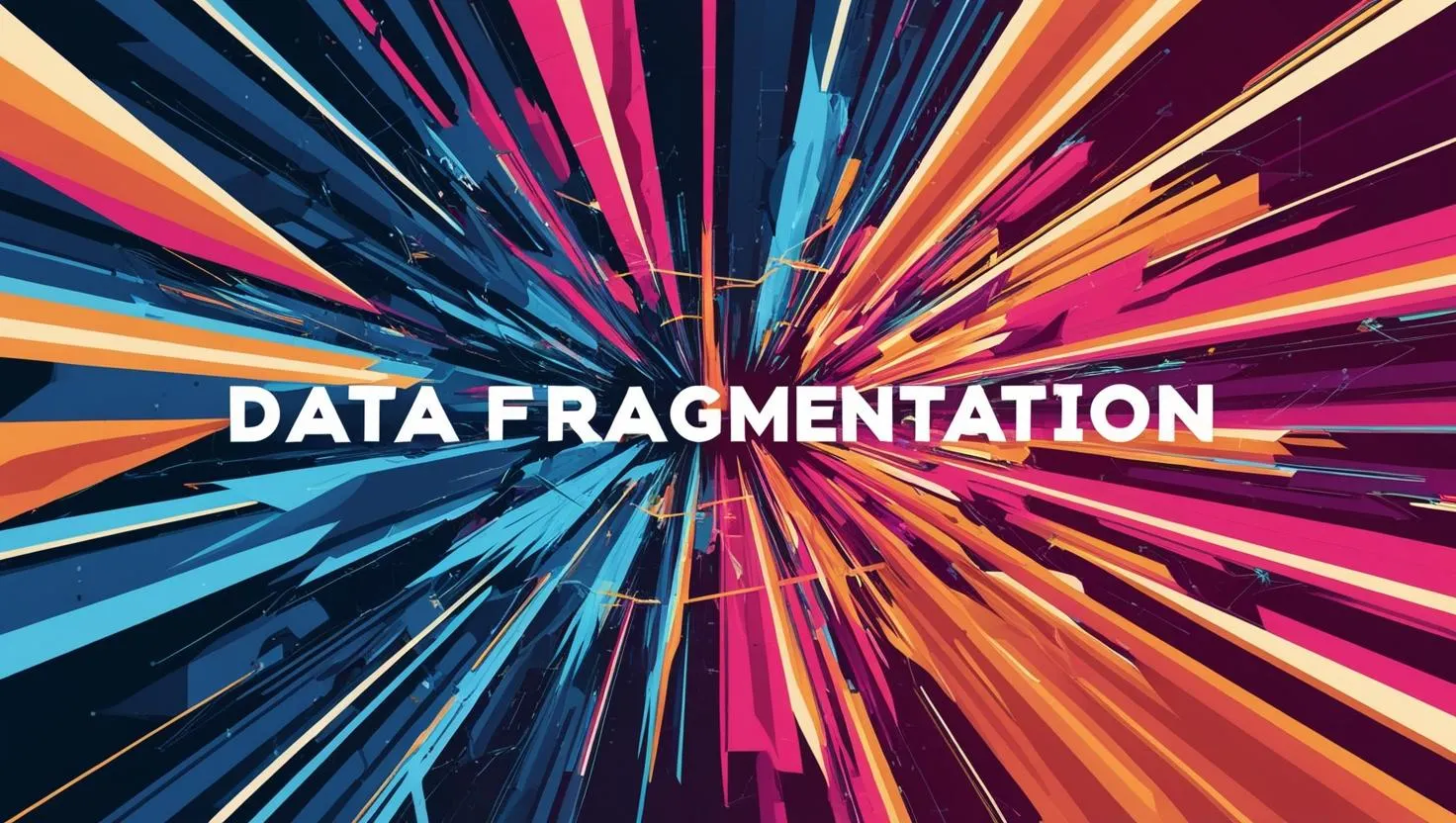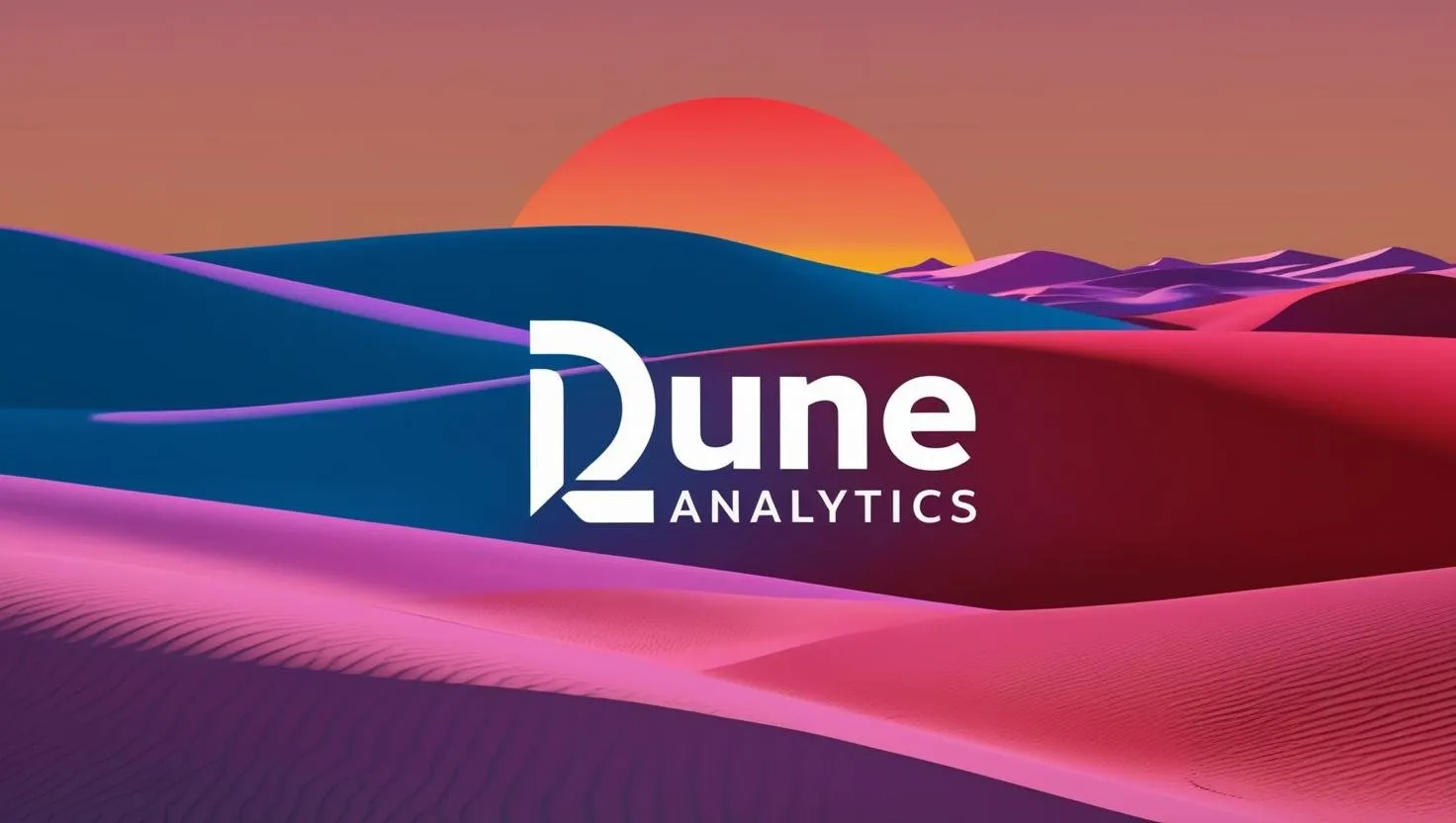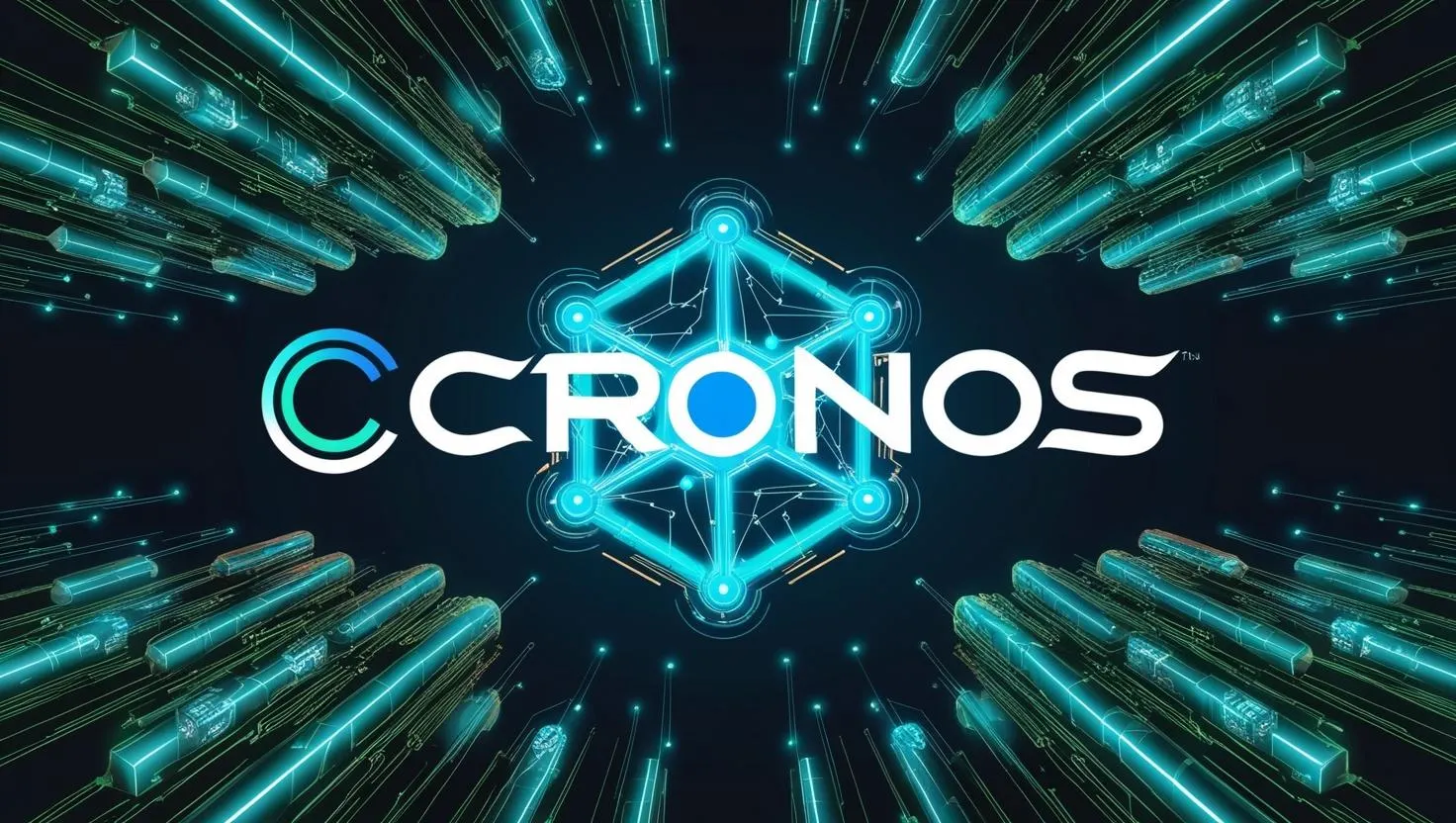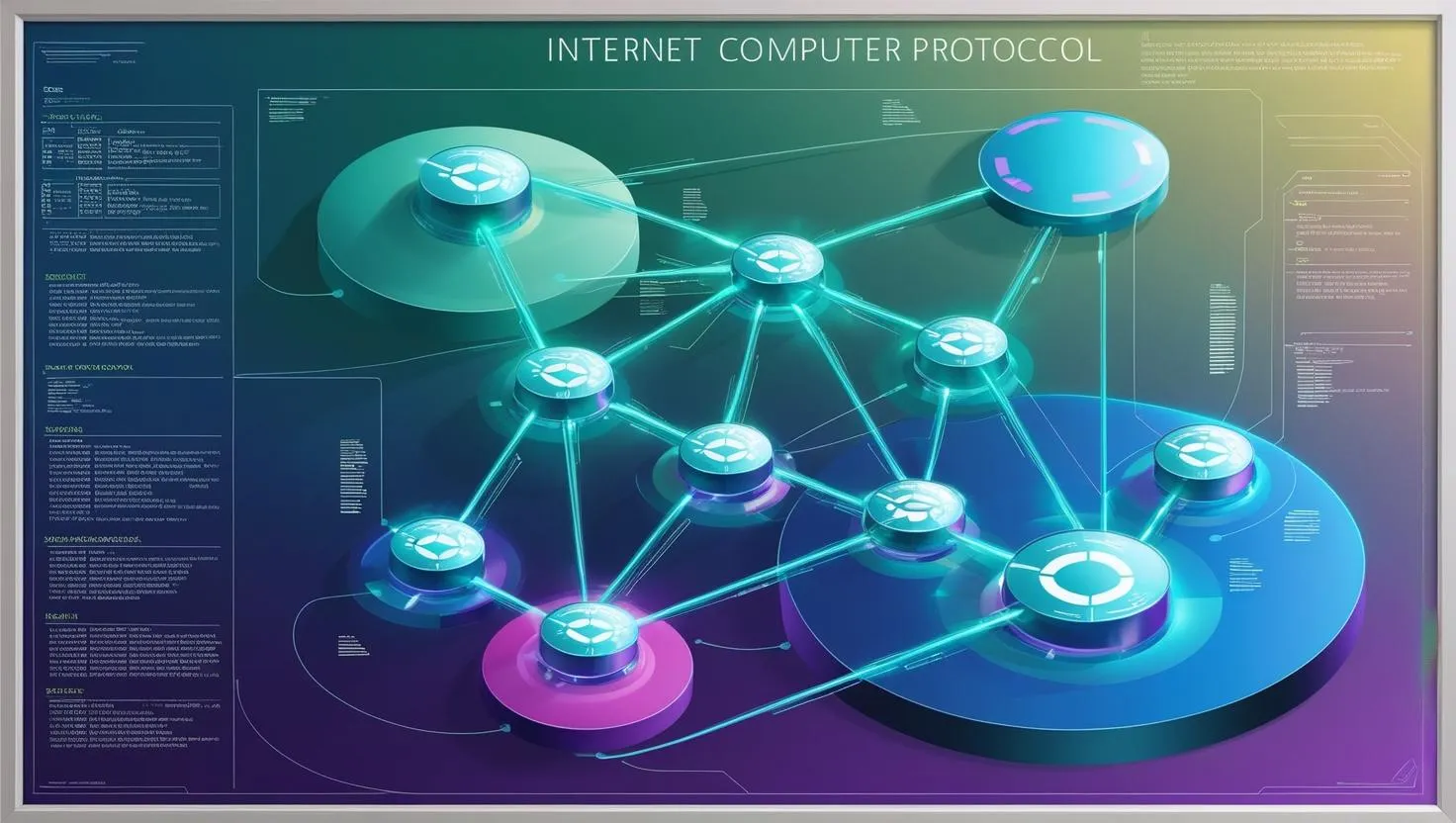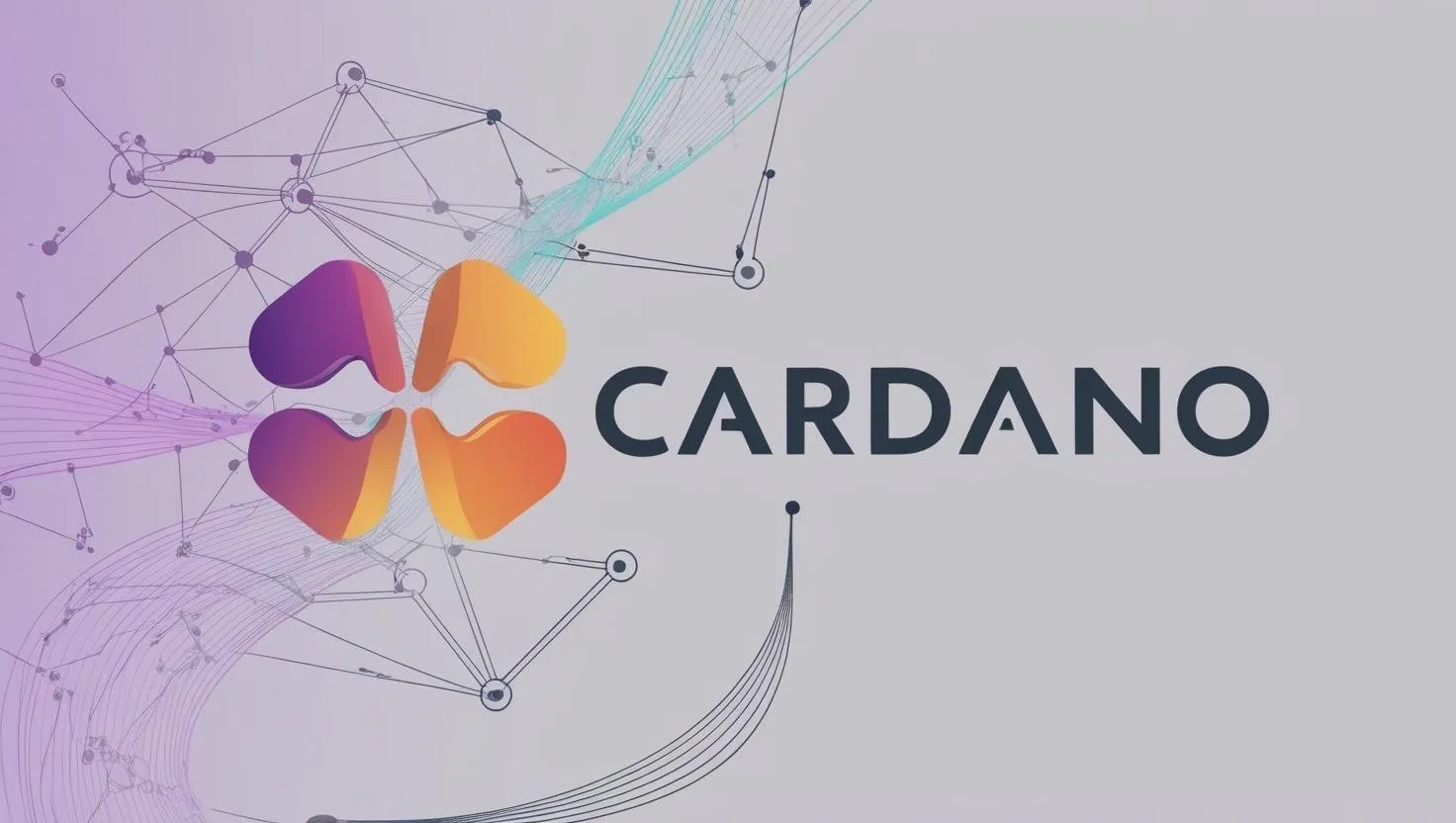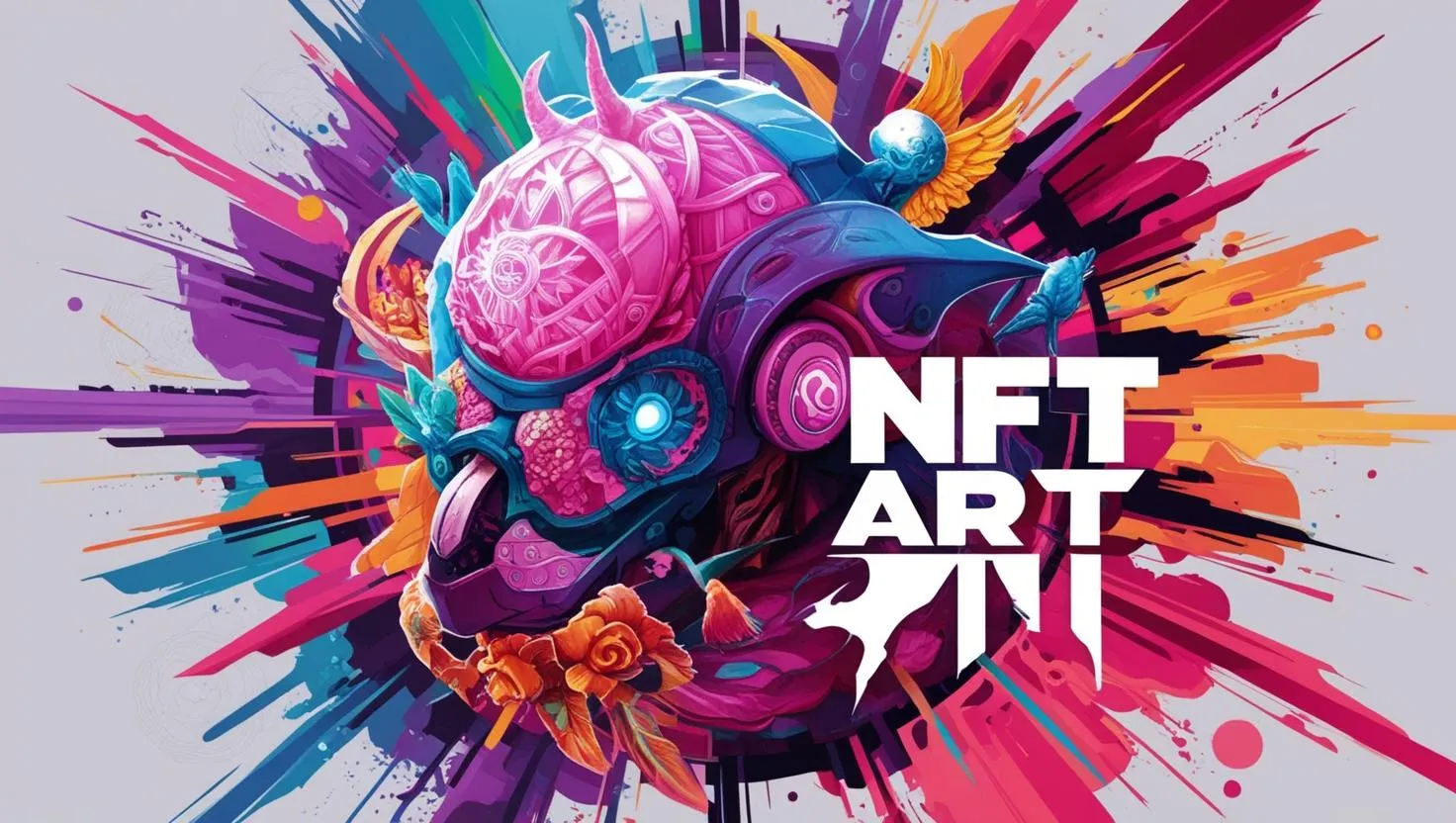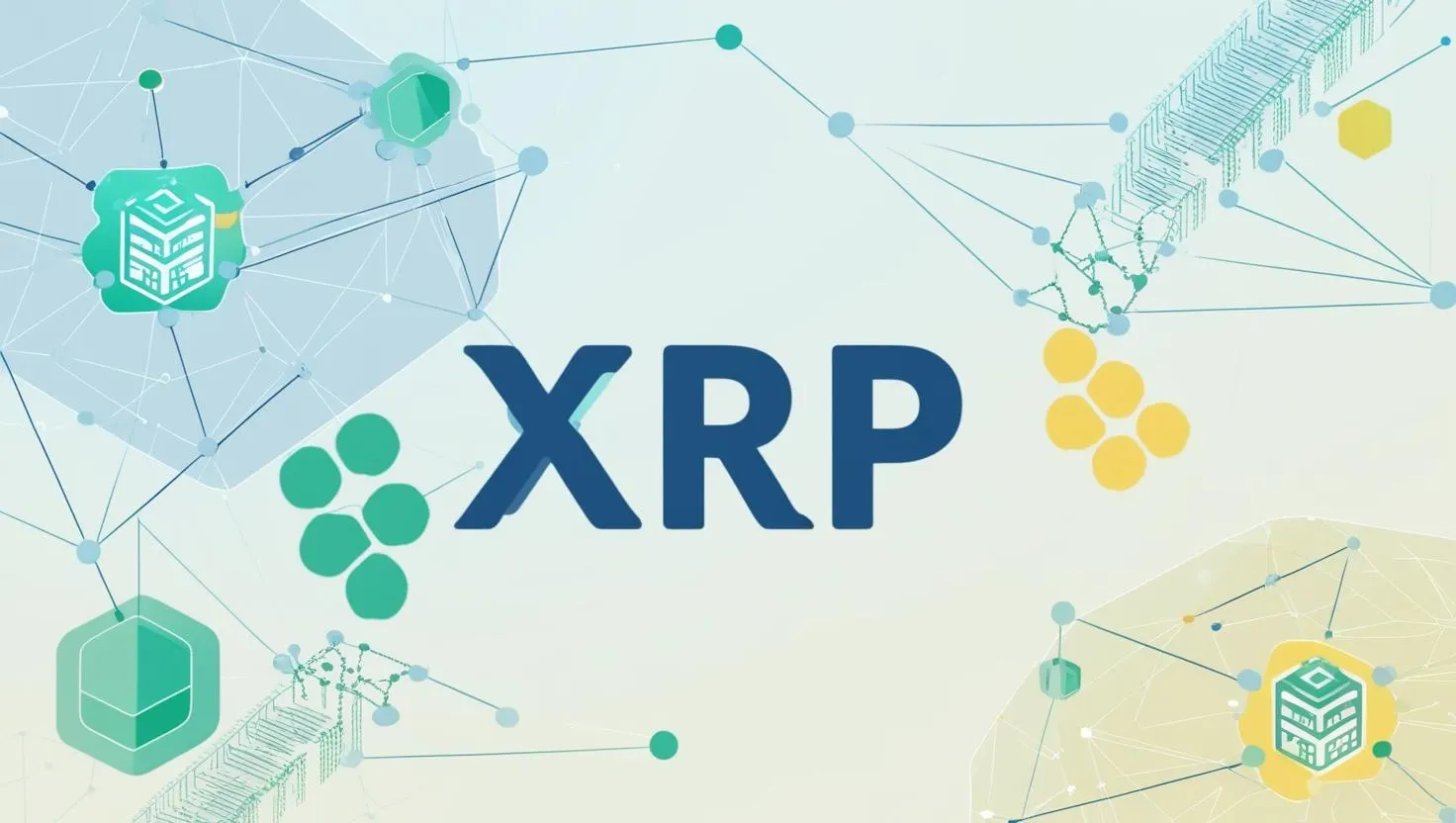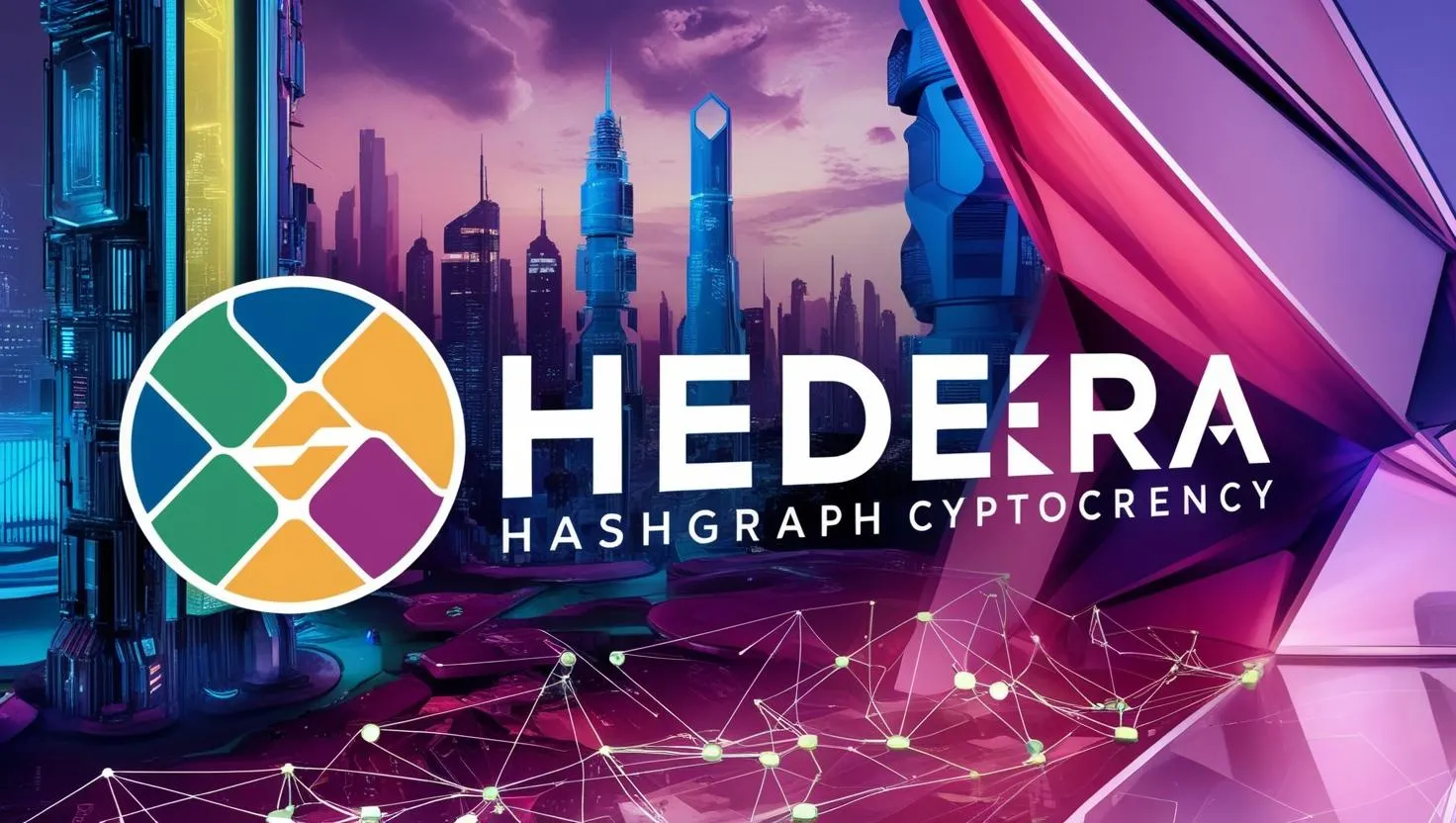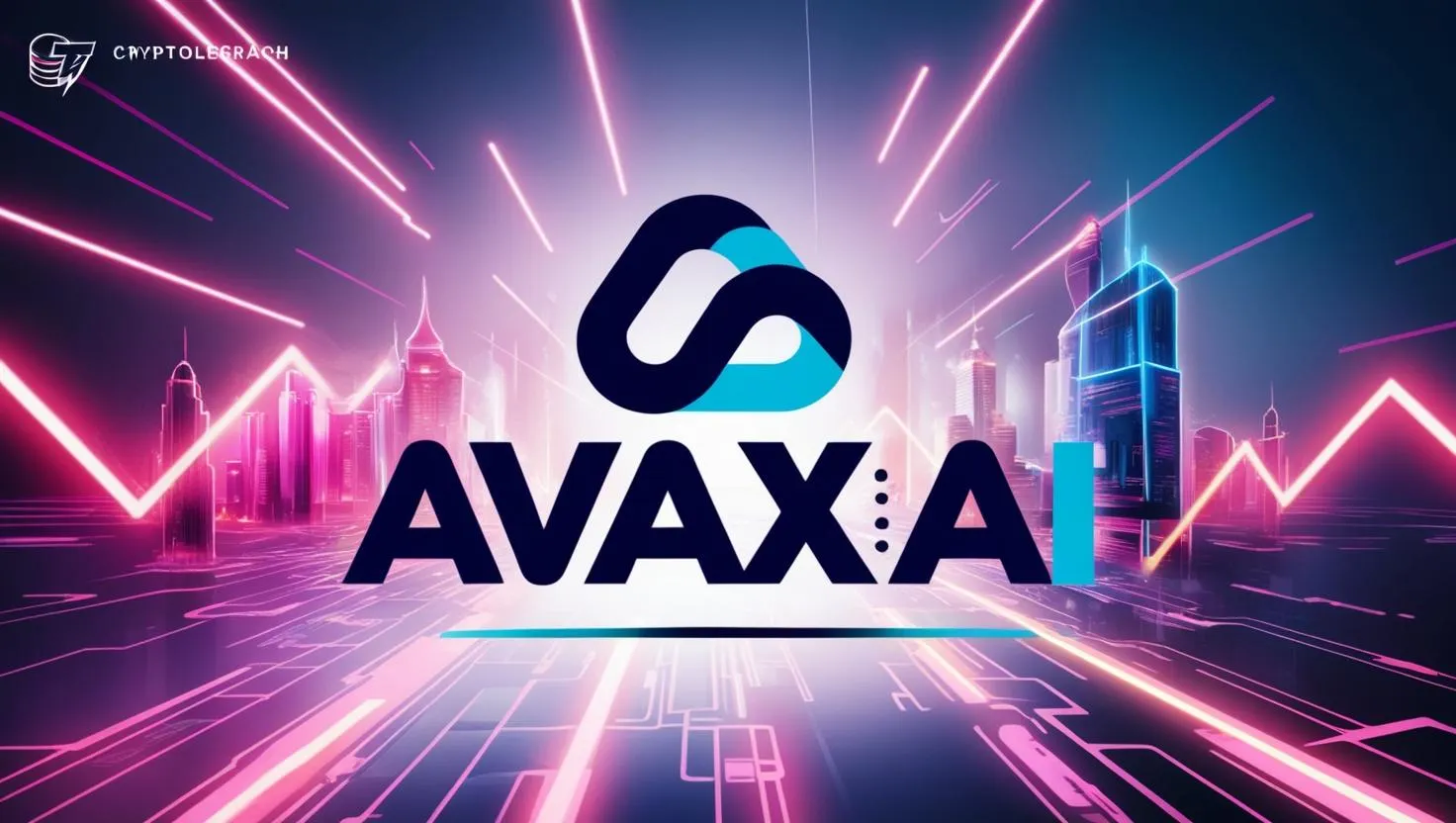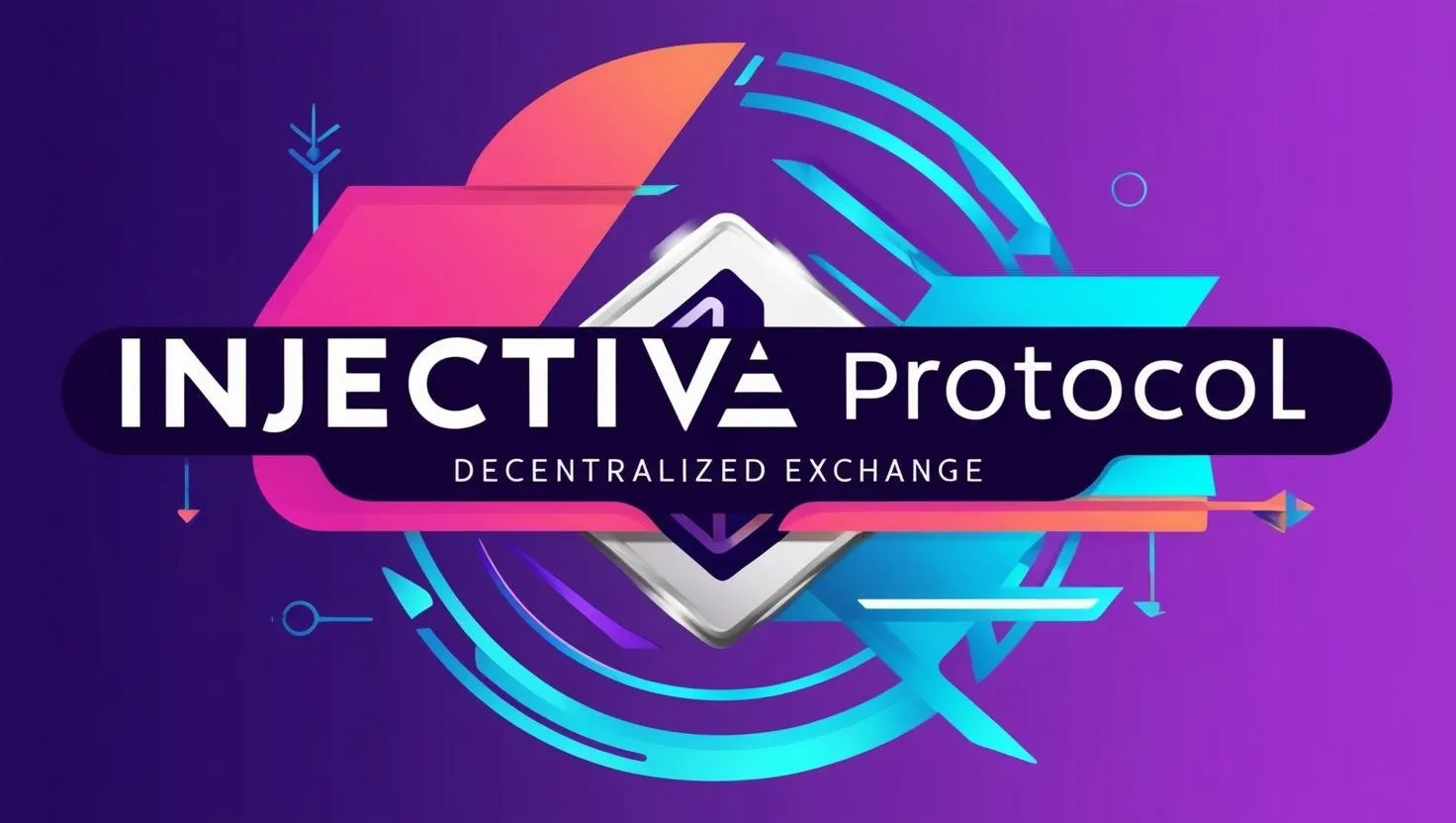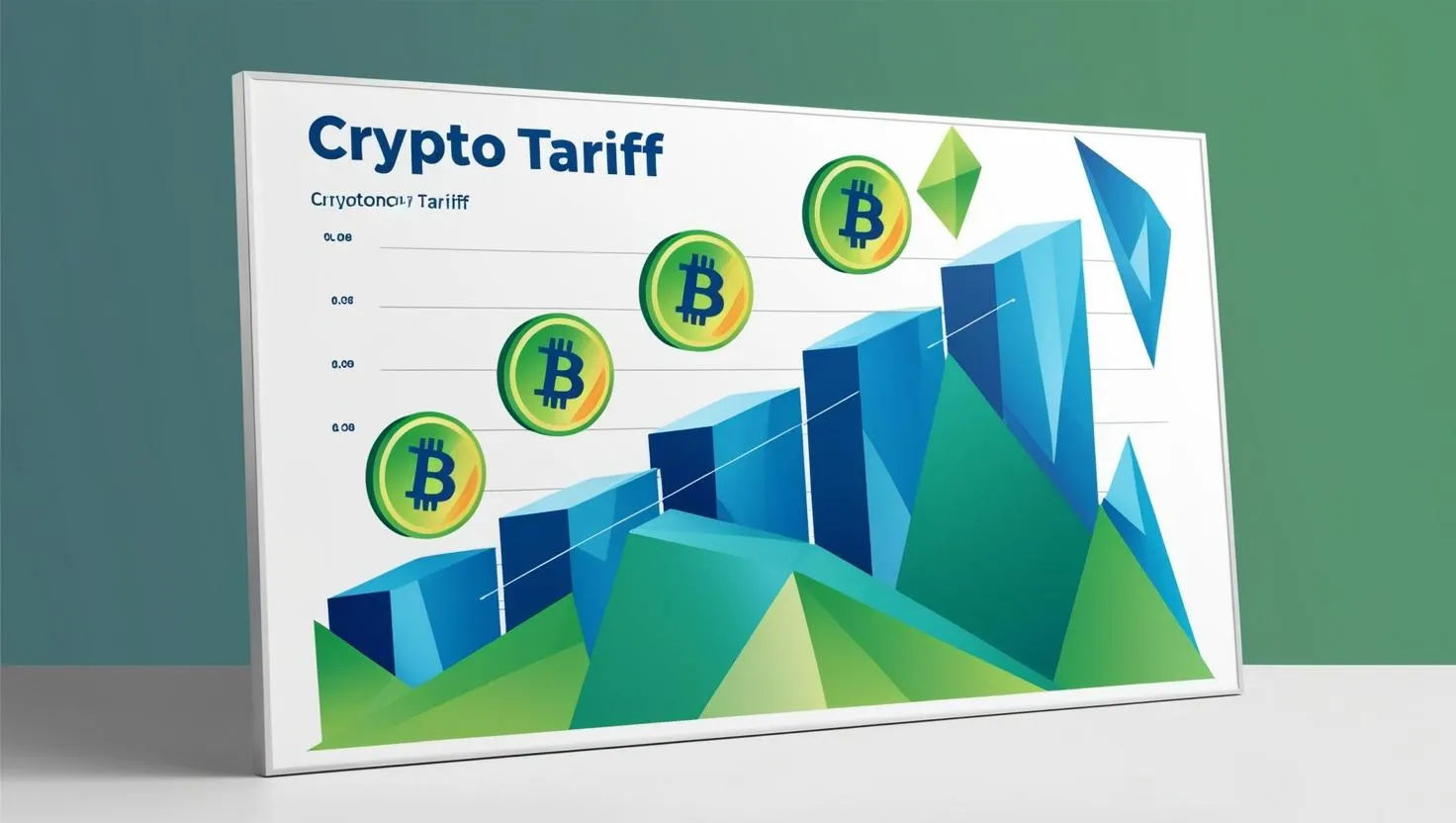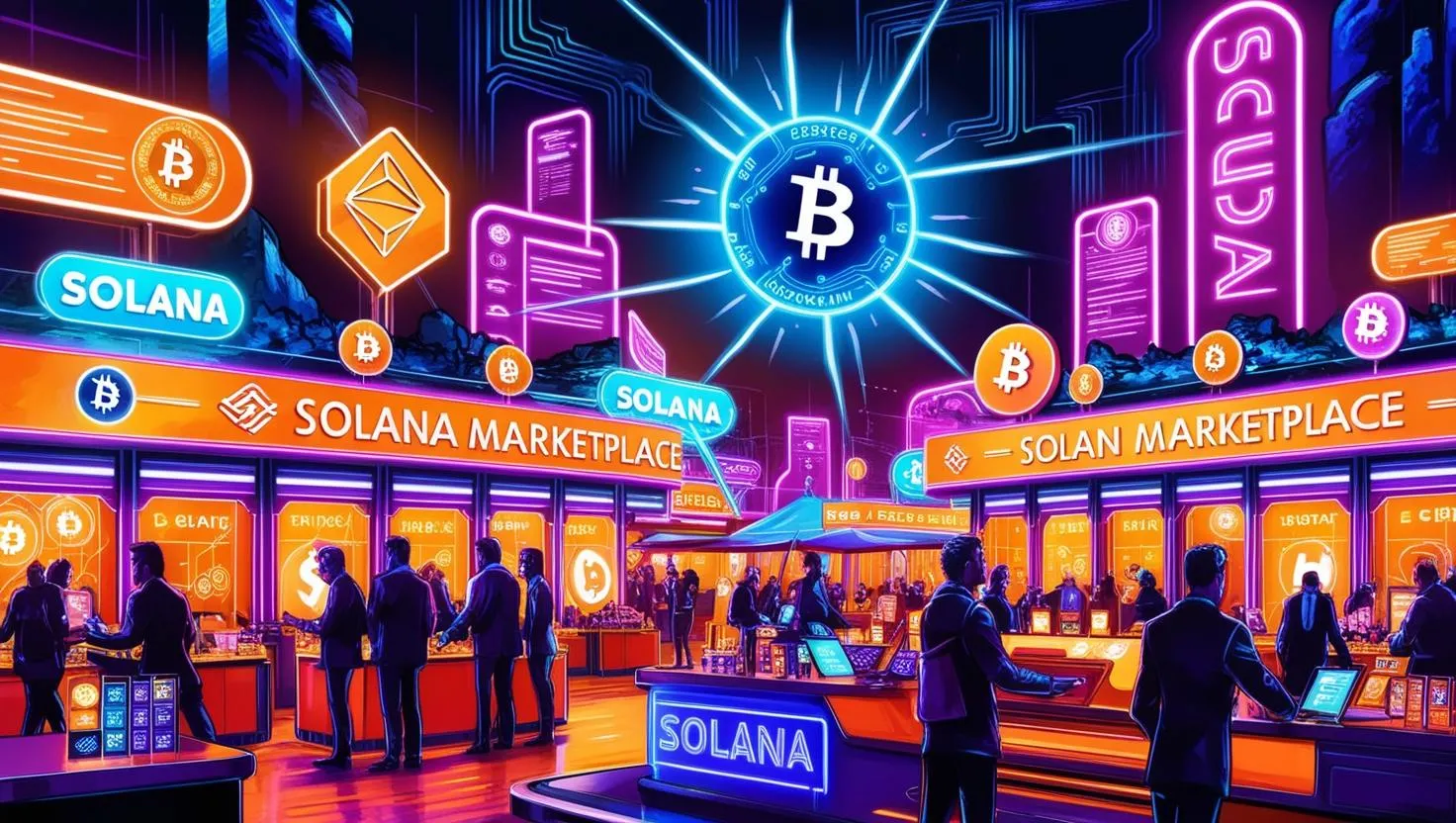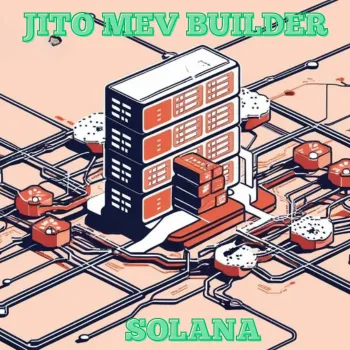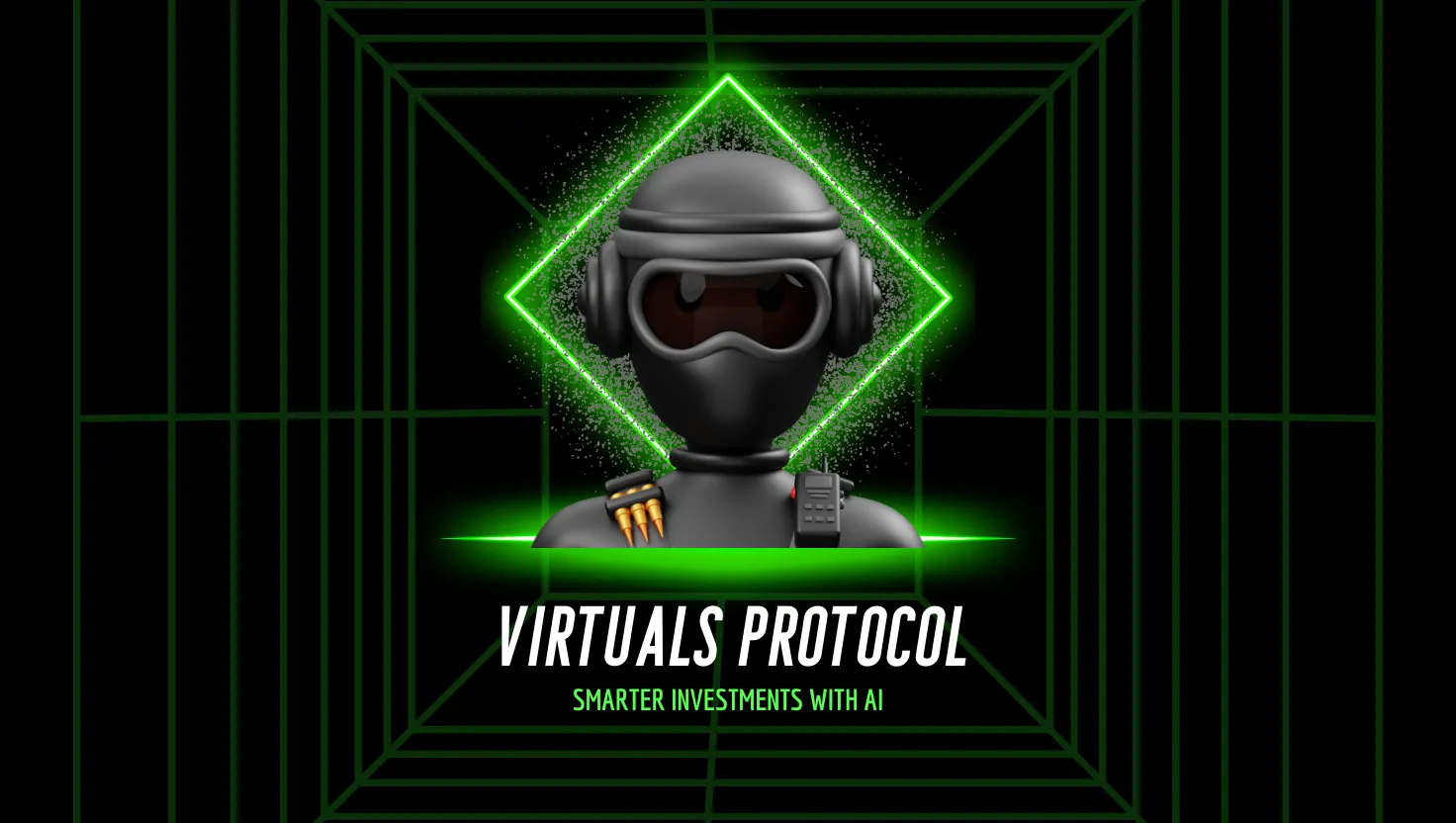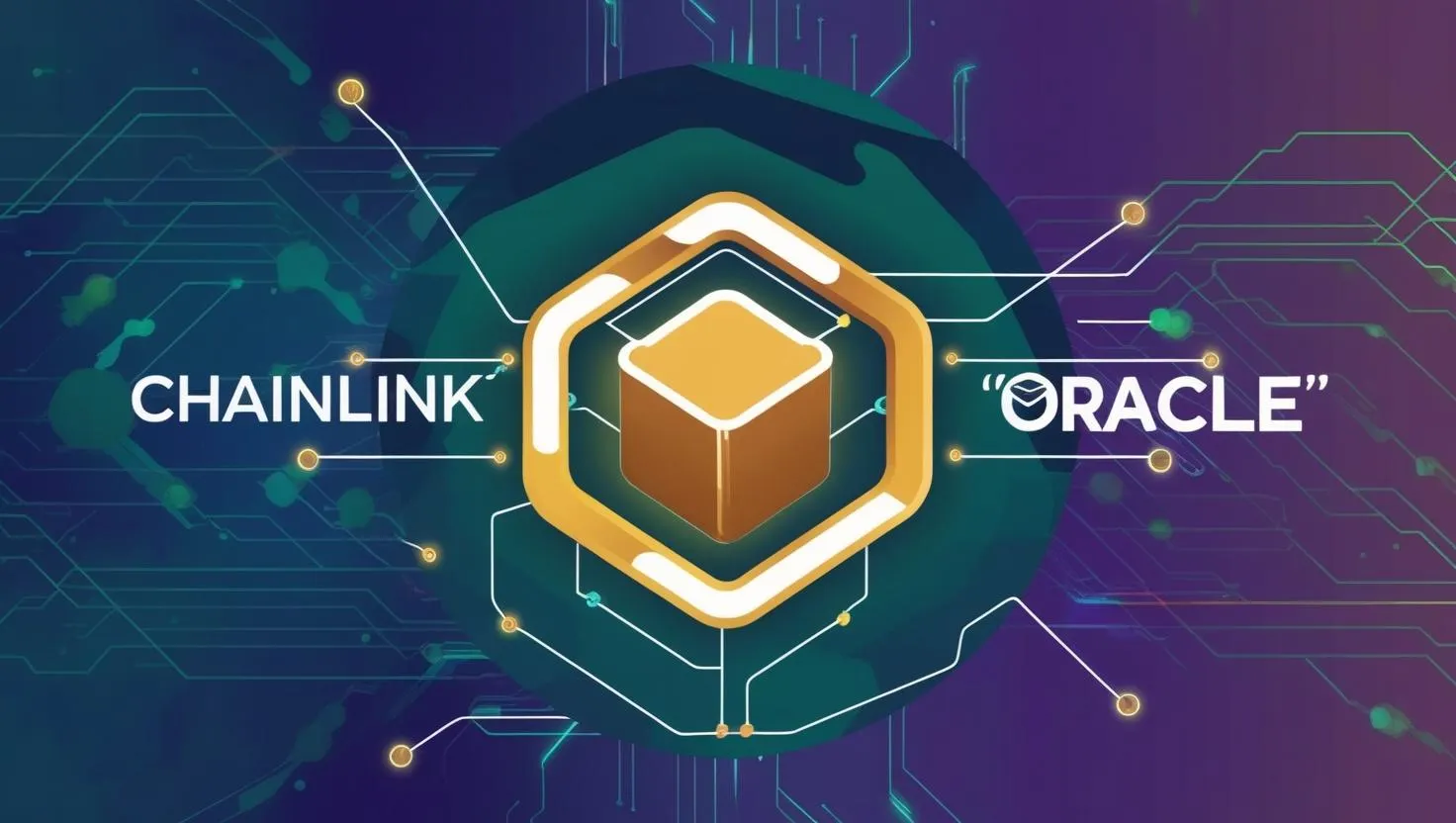Band Protocol Unveiled: Bridging Blockchain to the Real World with Cross-Chain Oracles
Key Points
- Research suggests Band Protocol is a cross-chain data oracle platform connecting real-world data to smart contracts, launched in 2019, and now operates on BandChain, built on the Cosmos SDK, since 2020, with Band v3 Testnet Phase 1 live as of April 2025.
- It seems likely that it enables blockchains to access trusted information like prices (175+ assets, 20+ exchanges), weather, sports, and random numbers, supporting DeFi, gaming, and insurance.
- The evidence leans toward validators staking BAND tokens, with an inflationary model (7%-20% annually) targeting at least 66% staked, and the current circulating supply is around 155.9 million, fully circulating by 2025.
Overview
Band Protocol is a platform that helps blockchains, like Ethereum or Cosmos, connect to real-world data, such as stock prices or weather updates, so smart contracts can use this information. Launched in 2019, it started on Ethereum but moved to its own blockchain, BandChain, in 2020, built on the Cosmos SDK for better speed and security. As of April 2025, it’s testing Band v3 Testnet Phase 1, which aims to improve data queries and cross-chain compatibility.
How It Works
When a smart contract needs data, it sends a request through Band Protocol, and validators—trusted network members—fetch this data from external sources, like financial websites, and submit reports. These are combined into a final result, stored on BandChain, and shared with the smart contract, often using IBC for cross-chain transfers, ensuring it’s secure and fast. It’s used in DeFi for trading, gaming for random outcomes, and insurance for verifying events like weather.
Unexpected Detail: Beyond Finance
Besides finance, Band Protocol also supports random number generation, which is useful for games or lotteries, expanding its use beyond what you might expect from a data oracle.
Band Protocol: A Comprehensive Analysis
Band Protocol is a decentralized oracle platform designed to bridge the gap between blockchains and real-world data, enabling smart contracts to access trusted external information without relying on central authorities. Launched in September 2019 as an ERC-20 token on Ethereum, it transitioned to BandChain in June 2020, built on Cosmos' state-of-the-art SDK, to enhance scalability and cross-chain compatibility. As of April 2025, Band v3 Testnet Phase 1 is live, indicating ongoing development to improve performance and interoperability, based on information from the official website Band Protocol.
Background and Purpose
Band Protocol serves as a cross-chain data oracle, aggregating and connecting real-world data and APIs to smart contracts across various blockchain networks. Its primary purpose is to address the limitation of blockchains being isolated from external data, providing secure and reliable access to information such as price feeds, weather data, sports outcomes, and random numbers.
This capability is crucial for applications in decentralized finance (DeFi), gaming, prediction markets, and insurance, where real-world data triggers contract execution.
The platform enhances smart contract functionalities by eliminating central authorities or points of failure, ensuring trustless and decentralized data feeds.
Developers can create custom oracles using WebAssembly, allowing integration with traditional web APIs within minutes, which is particularly useful for niche uses like sports scores or random number generation for gaming, an unexpected detail given its primary association with financial data, as noted on the official website.
Technical Architecture and Functionality
Band Protocol operates through BandChain, a high-performance public blockchain based on Cosmos' SDK, secured by a Byzantine Fault Tolerance (BFT) consensus algorithm and delegated Proof-of-Stake (dPoS). This setup ensures immediate finality upon confirmation, with expected response times in the order of seconds, supporting large volumes of data requests across multiple blockchains.
The data request process begins when a smart contract initiates a query via a message, specifying an oracle script ID and parameters. Randomly selected validators fetch data from registered sources, submit reports, and aggregate them into a final result using the oracle script, which is stored on BandChain.
This result is then accessible to the requesting smart contract, often through cross-chain bridges like the Inter-Blockchain Communication (IBC) protocol or customized one-way bridges for non-IBC blockchains, ensuring secure and efficient data delivery.
For example, a DeFi application might request the current price of gold. The oracle script would use a data source to fetch prices from multiple exchanges, aggregate them, and provide a verified average to the smart contract, ensuring accurate execution of trades or loans.
The platform’s compatibility with all smart contract platforms and blockchain development frameworks enhances interoperability, with recent testing of Band Oracle v3 in March 2025 for cross-chain delivery to Ethereum and other networks, as seen in X posts from Band Protocol and stakingcabin.
Key Features
Band Protocol offers several key features that enhance its utility:
- Cross-Chain Compatibility: Designed to work with all smart contract platforms, leveraging IBC for seamless data transfer across chains like Ethereum, Binance Smart Chain, and Solana, with recent integrations including Sonic Labs mainnet in January 2025, as noted in an X post from Band Protocol.
- Customizable Oracles: Developers can create custom data feeds using WebAssembly, allowing integration with traditional web APIs within minutes for niche uses like sports scores or random numbers, expanding its utility beyond typical DeFi applications.
- Band Standard Dataset: Provides real-time price information for over 175 assets across more than 20 exchanges, ensuring reliable data for financial applications, as detailed on the official website Band Protocol.
- Security: Secured by cryptographic proofs and a staking mechanism, where validators stake BAND tokens to ensure data accuracy, with penalties for misbehavior, maintaining network integrity.
Use Cases and Applications
Band Protocol supports a diverse array of use cases:
- Decentralized Finance (DeFi): Delivering accurate price feeds for lending, borrowing, and trading platforms, ensuring reliable execution of financial contracts, a core use case given its dataset for 175+ assets.
- Gaming and NFTs: Providing random numbers for game mechanics or external data for digital asset valuation, enhancing user experiences, an unexpected detail given its financial focus.
- Prediction Markets: Supplying outcomes of real-world events, such as election results or sports scores, for betting and forecasting, broadening its application scope.
- Insurance: Verifying real-world events like weather conditions for automated claims processing, improving efficiency and trust, as seen in documentation examples at Band Protocol Docs.
Recent integrations, such as being live on Sonic Labs mainnet in January 2025, allow apps on Sonic to access Band Price Feeds for secure, customizable data, as highlighted in an X post from Band Protocol, demonstrating its expanding ecosystem.
Tokenomics
The native token, BAND, is integral to the ecosystem, used for staking, governance, and transaction fees. Validators and delegators stake BAND to secure the network, earning query fees and block rewards. It has an inflationary model with a 7%-20% annual rate, adjusted to target at least 66% staked, incentivizing participation, as documented at Band Protocol Docs. As of April 2025, the circulating supply is around 155.9 million, with the total supply at 159.1 million, indicating it’s fully circulating, aligning with projections from market data at CoinGecko.
Performance and Latest Updates
Since the launch of the GuanYu mainnet in October 2020, Band Protocol has demonstrated scalability, handling real-time data requests with minimal latency. As of April 2025, recent developments include the collaboration with Router Protocol in March 2025, completing end-to-end testing of Band Oracle v3 for trustless cross-chain data delivery, leveraging IBC Hooks and Router Bridge Protocol, as seen in X posts from Band Protocol and stakingcabin.
This integration aims to power the next generation of multi-chain decentralized applications (dApps), highlighting its ongoing efforts to enhance interoperability and scalability.
Additionally, in January 2025, Band Protocol went live on Sonic Labs mainnet, allowing apps on Sonic to access Band Price Feeds, as noted in an X post from Band Protocol, further expanding its ecosystem. These updates reflect Band Protocol’s commitment to innovation, with Band v3 testnet under development, as mentioned in the documentation at Band Protocol Docs, potentially improving performance and features.
Challenges and Considerations
Challenges include ensuring data source reliability, managing validator incentives, and maintaining cross-chain compatibility. The reliance on validators introduces potential risks, mitigated by staking and slashing mechanisms. The complexity of integrating with non-IBC blockchains may require additional development, though custom bridges address this to some extent, as seen in integration guides at Band Protocol Docs.
Comparative Analysis
Compared to competitors like Chainlink, Band Protocol’s strength lies in its Cosmos-based architecture and focus on cross-chain interoperability. Chainlink, primarily Ethereum-centric, offers extensive DeFi integrations, while Band’s flexibility extends to non-EVM ecosystems, positioning it as a versatile option for multi-chain solutions, as noted in market analyses at Coinmonks.
Conclusion
Band Protocol is a pioneering oracle solution, enhancing blockchain applications with reliable, real-time data. Its decentralized approach, supported by BandChain and incentivized by the BAND token, ensures security and scalability, making it a vital infrastructure for the evolving web3 landscape. Developers and users can explore further through its comprehensive documentation at Band Protocol Docs and community resources.

